Blog #49 Experiment During Travel
Blog # 49 Experiment During Travel
Travel photography is practically it’s own genre with countless tomes of information written about the subject. The goals of this genre may be to capture the essence of a place and its people, or to reveal the undying feel of a place by photographing as a local would. It has been suggested that rather than making the same image of the Eiffel Tower that others have made, turn your camera around, or get in very close [or far] to capture a fresh perspective.
In this week’s blog entry, I offer an alternative perspective for the photographer when travelling. In one word, experiment! Try a new genre and get out of your comfort zone. The best place to do this is away from home and your normal routines. I suggest that there is value in the new place, new approach to making pictures concept. When we are at home, we fall into routines and photograph similar or even the same places [streets] week after week. While great images may result from this practice, shaking things up a bit can also result in some novel and wonderful results. For more on the subject of experimentation in photography click here and using film click here.




On a recent family holiday to Cebu in the Philippines, I made lots of images of my family, and our beautiful surroundings as one does on a family holiday. However, I also planned to take the opportunity to experiment with some underwater photography.
A few metres off of the beach from our resort, under the otherwise pristine aquamarine peaceful waters of the Philippines Sea , there was a whole universe of life to explore.


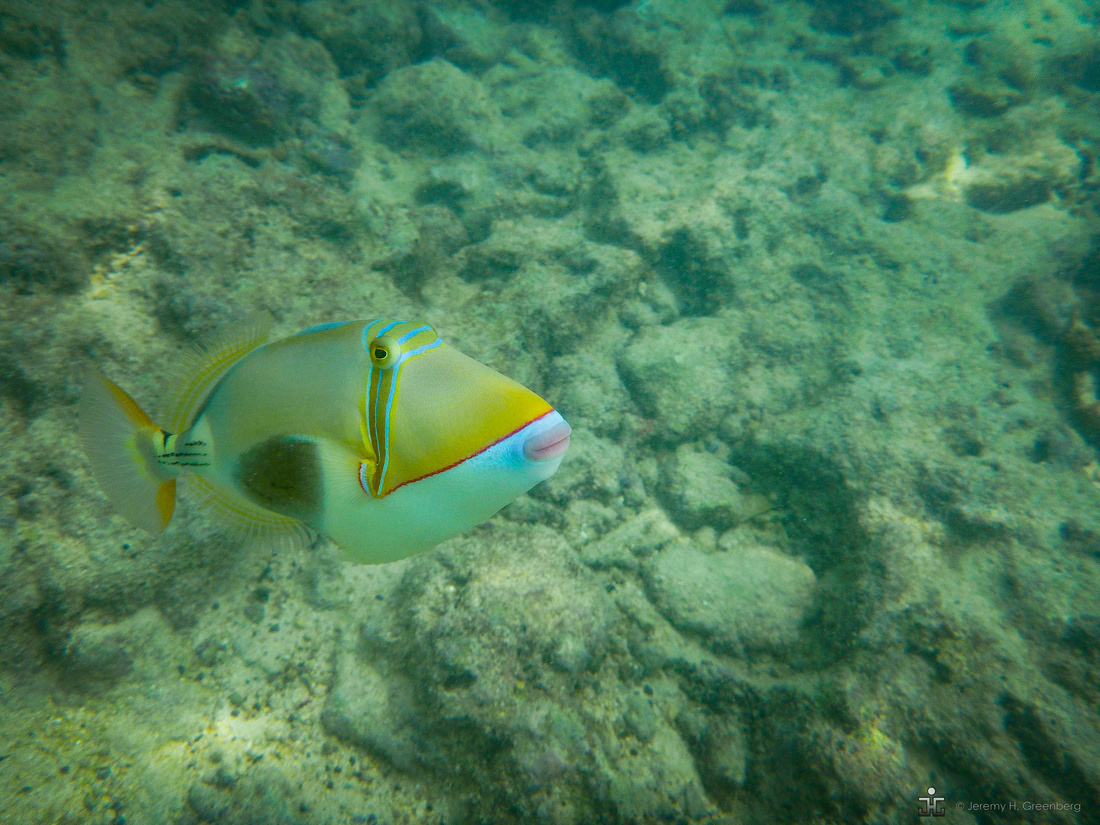

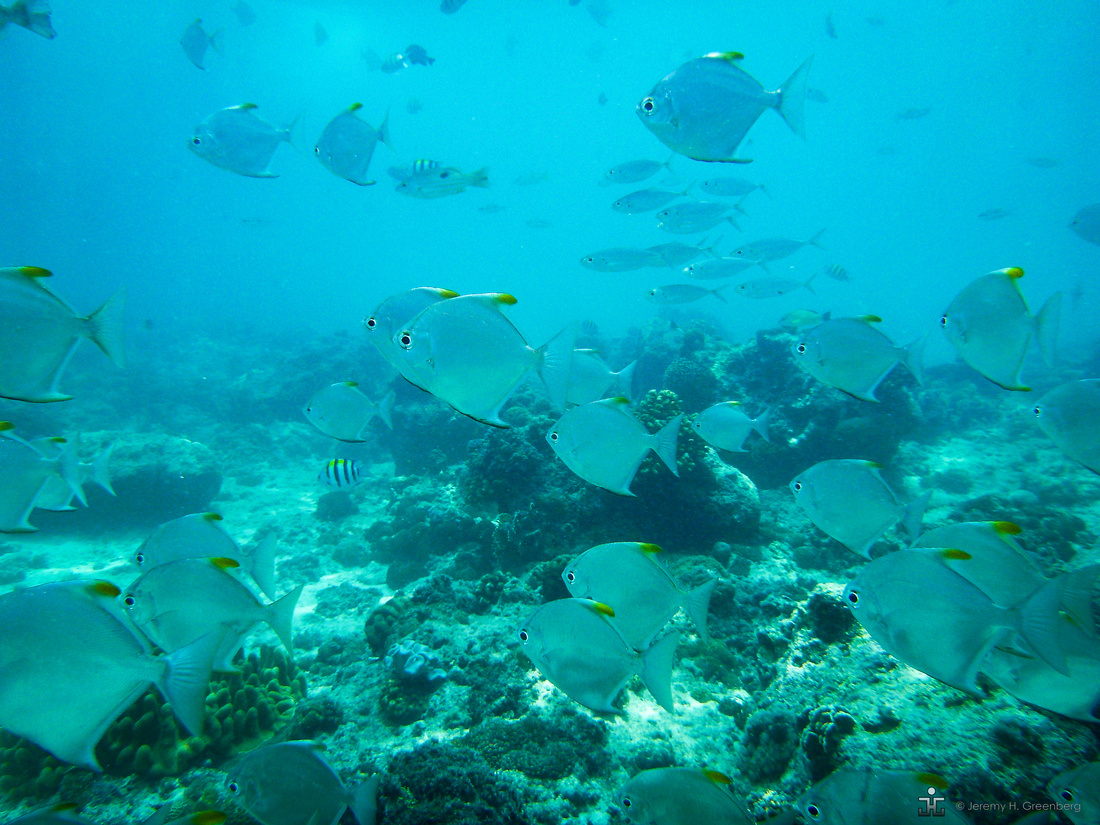

While planning for my dive into underwater photography [pun intended], I brought along a small point a shoot camera that has waterproof capabilities to about 12 metres or 40 feet. There are a few manufacturers that produce these models that can be had for under $400 USD. For more thoughts on gear for travelling click here. I covered myself in sun block, strapped on my mask and snorkel, and dove into the cool and refreshing waters.
Trying to remember the cornerstones of good photography, away I went, out into the big blue. Light, subject, colour, and compositional rules [guidelines] ran through my head as I floated along with my face in the water looking for subjects to shoot. The ocean revealed an underworld teaming with life, colour, and beauty. I snapped away. I took big deep breaths of air and dove down under the water until my the pressure made my ears ring and my head pound. I wanted to get closer to get up front and personal with my subjects as we try to do when shooting street photography.






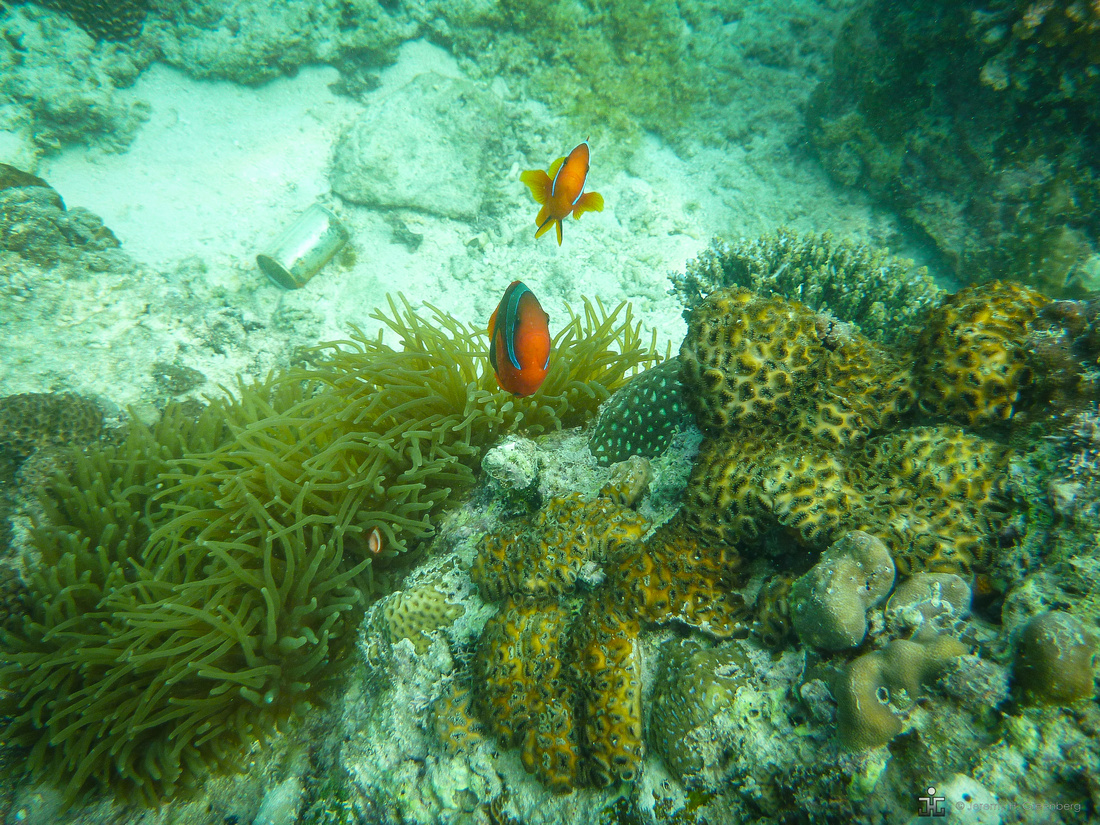

It was a learning process, and thankfully one that I had a few days to work on. There were many [mostly] mistakes and blurry shots. This is an absolutely brutal [albeit beautiful] environment to make images. Each day we would wake up, grab some breakfast, cover ourselves with sun screen which barely did any good since the sun seemed to go right through it; we were all pink and burned but happy as clams. I was back into the waters each day like it was my job to catch a few “keepers”.
I saw a sea urchin, some sort of scary looking eel, clown fish, and other amazing species such as these skinny fish that seemed to be up and down like pencils floating in the water. With a depth of just a few metres, and the bright sun beaming down and reflecting off of the ocean floor, there was enough light to keep my tiny point and shoot’s sensor happily functioning at about 100 ISO.
You can see some of my results from above and below water in colour [JPEG] and black and white [just because] in this blog entry.
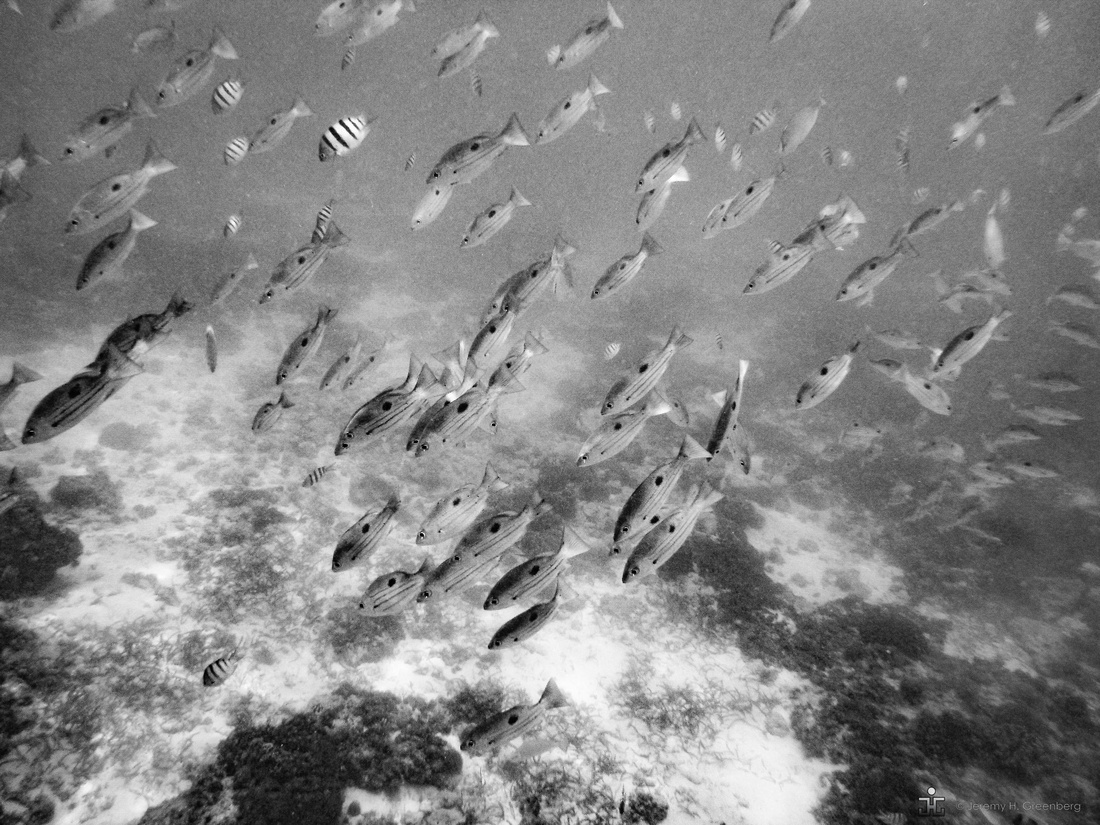

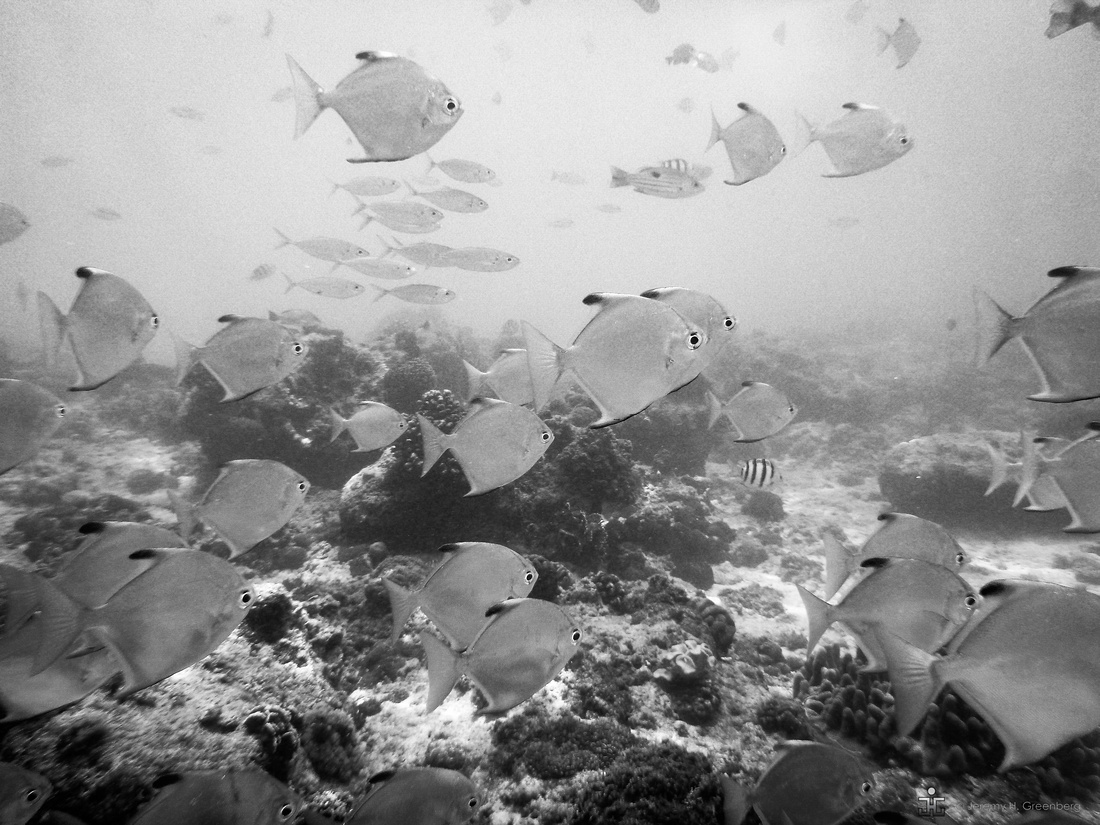



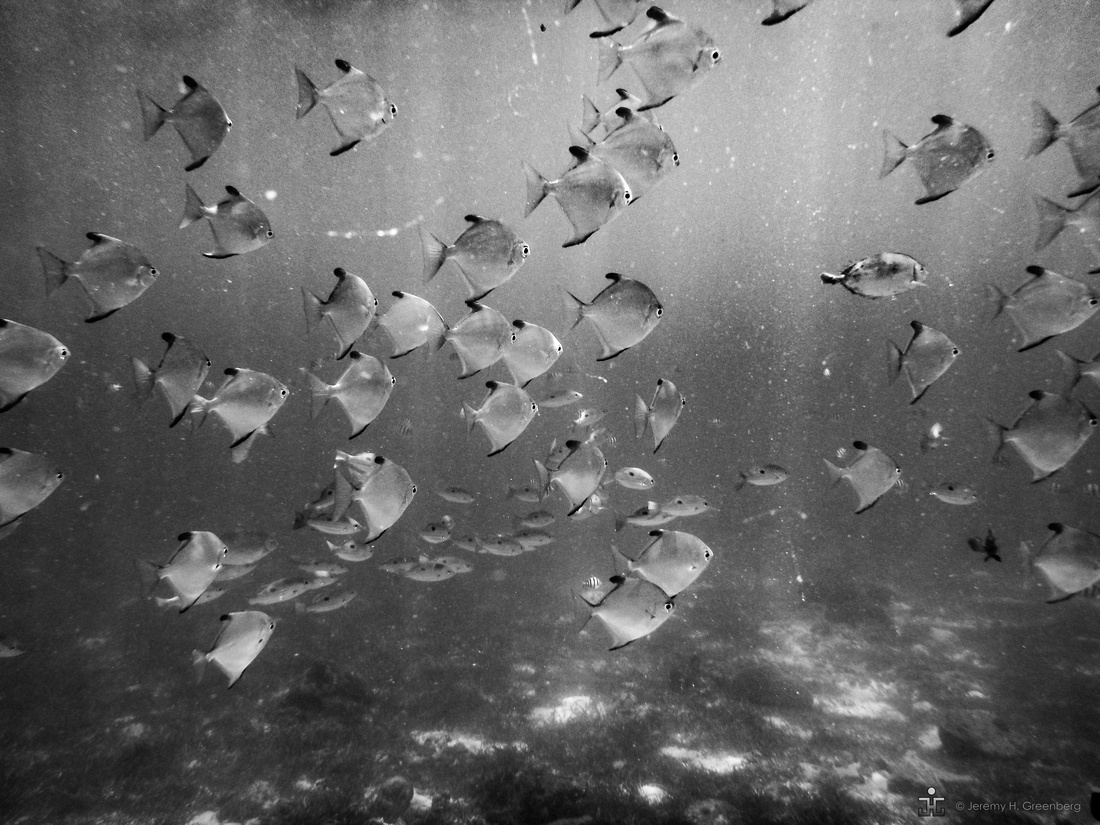

Next time you are away from home, do some photography an a genre that you don’t normally work in. You might be pleasantly surprised that you did and you will learn things about yourself and your photography that you might not expect.
The light is always right.
jhg


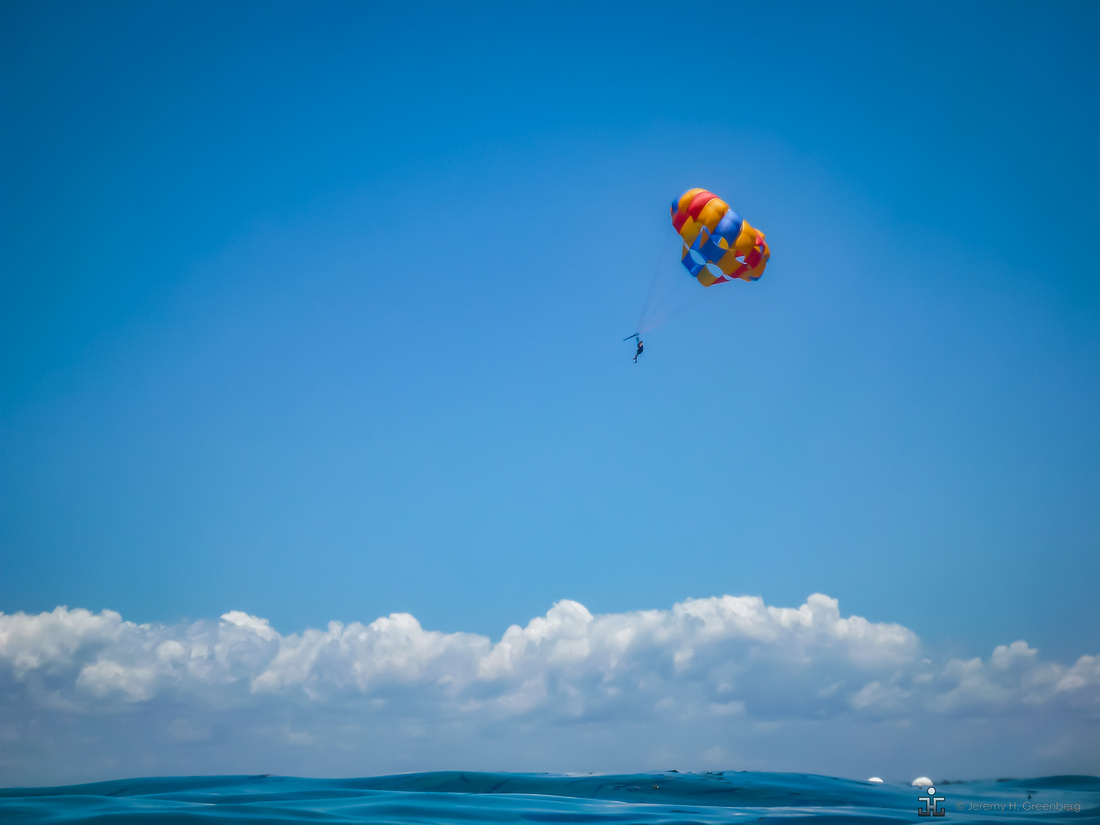





Blog #48 Five Reasons Why it’s Better to Shoot with a Real Camera Over a Smartphone
Blog #48 Five Reasons Why it’s Better to Shoot with a Real Camera Over a Smartphone
This week I’m tackling another controversial topic within our beloved field of photography. Have you ever noticed that there are so many controversial topics in photography? We have film versus digital, RAW versus JPEG, black and white versus colour, grainy and noisy images versus tack sharp, full frame versus cropped sensors, Nikon versus Canon, and the list goes on. Perhaps the topic of controversial topics in photography can be addressed in another blog sometime down the road.
For this week’s blog, I would like to share five reasons why it’s better to shoot with a real camera over a smartphone. To qualify this statement, there is nothing wrong, of course, with making images with a smartphone. Many amazing images are being produced these days with a cameraphone. Real camera are expensive or out of the reach of some amateurs or hobbyists. I get that. This essay is not about dissing smartphones, but rather about why it is better to shoot with a real camera.
First I will admit that I am an Apple fan boy and chose the iPhone 7+ due to the improved camera and Portrait mode that can throw the background out of focus through a combination of hardware and software algorithms (yes, I love any excuse to write algorithm). The 12mp helps a little as well along with image stabilisation, and other bells and whistles baked into the software. I do make images with this device but really don’t get the same kick as using a film camera or even one of my beautiful little mirrorless gems from Fujifilm. Here’s why.
- Smartphones are not really cameras
Although our smartphones have cameras that have come a long way and are currently dangerously close to or can even shoot at or above the quality of most point and shoot cameras, this is not the intended purpose of the device. The smartphone is an evolution from it’s predecessor the Palm Pilot that was essentially a datebook, address book, and data managing device with simple applications like a calculator, or gaming device. Somewhere along the way, a radio transmitter was added and, voila! the first smartphone was invented. The camera function was added later.
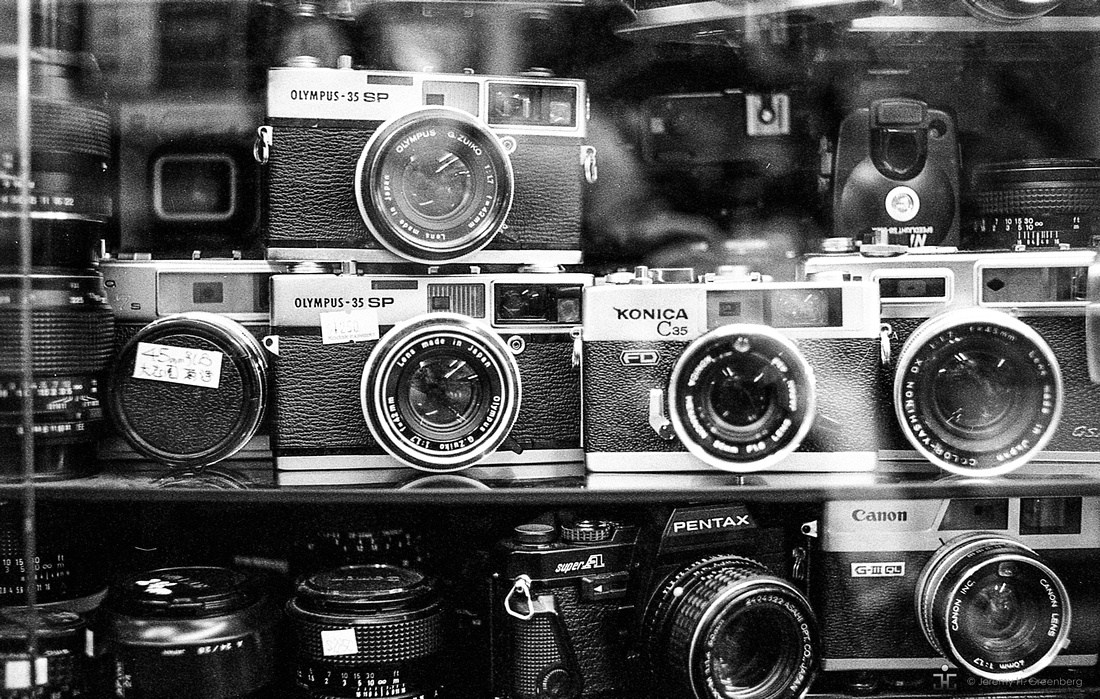


 2) Smartphones are for consuming information, not creating it
2) Smartphones are for consuming information, not creating it
The second reason why you need a real camera to make images is because it’s a dedicated devise for one purpose only and that basically for consuming information not creating it. Smartphones are for making calls, checking the weather, reading and tweeting, reading the news over coffee, keeping track of your expenses, making appointments, texting your friends that you are going to late to the party, and looking up your neighbour’s phone number to complain about the noise. The camera function is relatively new and most digital immigrants simply are not accustomed to using a phone as a camera. Have you ever tried to make a photo while your friends are Whatsapping you or your mother calls from Florida? Annoying, I know.
It’s a smart-phone not a smart-camera.


3) Better Images
In spite of the rapid develop and success of the smartphone camera, the image quality is still pretty crappy. The image sensor in your smartphone is a few millimetres square. Compare the medium in which the image is made from a smartphone to a 35mm film frame or APS-C sensor and you don’t need a doctorate in electrical engineering to figure out which will produce a superior quality image. Sure, image quality is not everything. The purists out there are beating there fists in the air about the gesture and the composition! Yes, I agree, but have you ever tried to edit a smartphone image or worse, print one? Yuck!
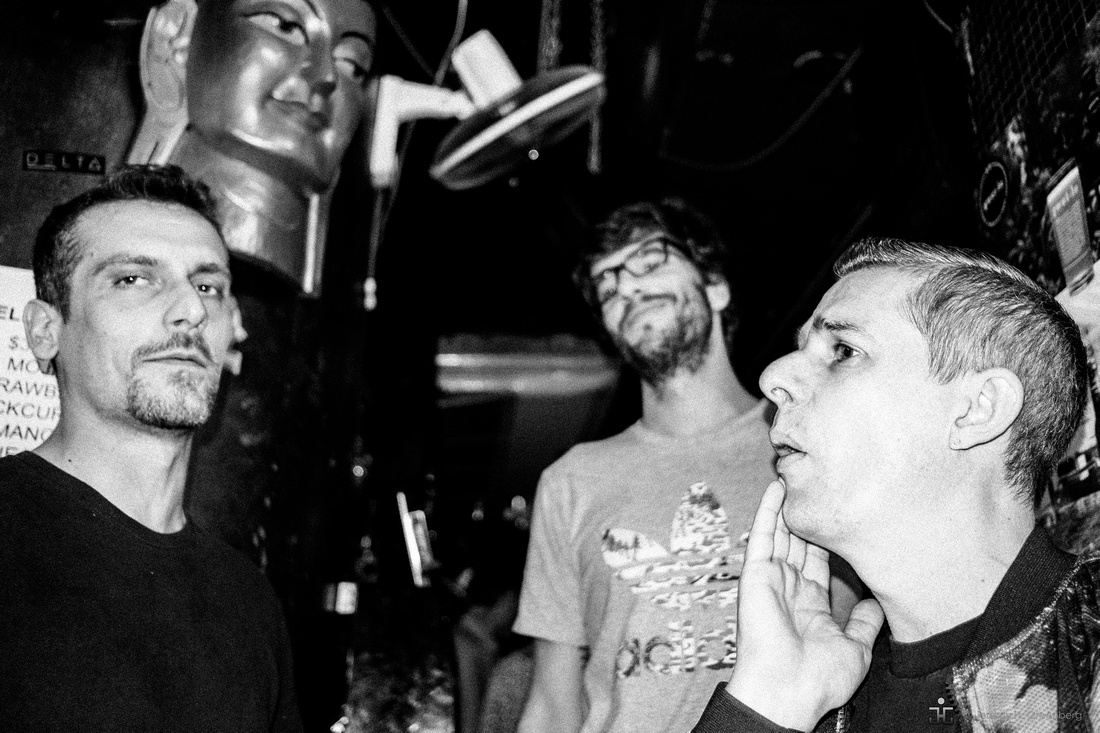

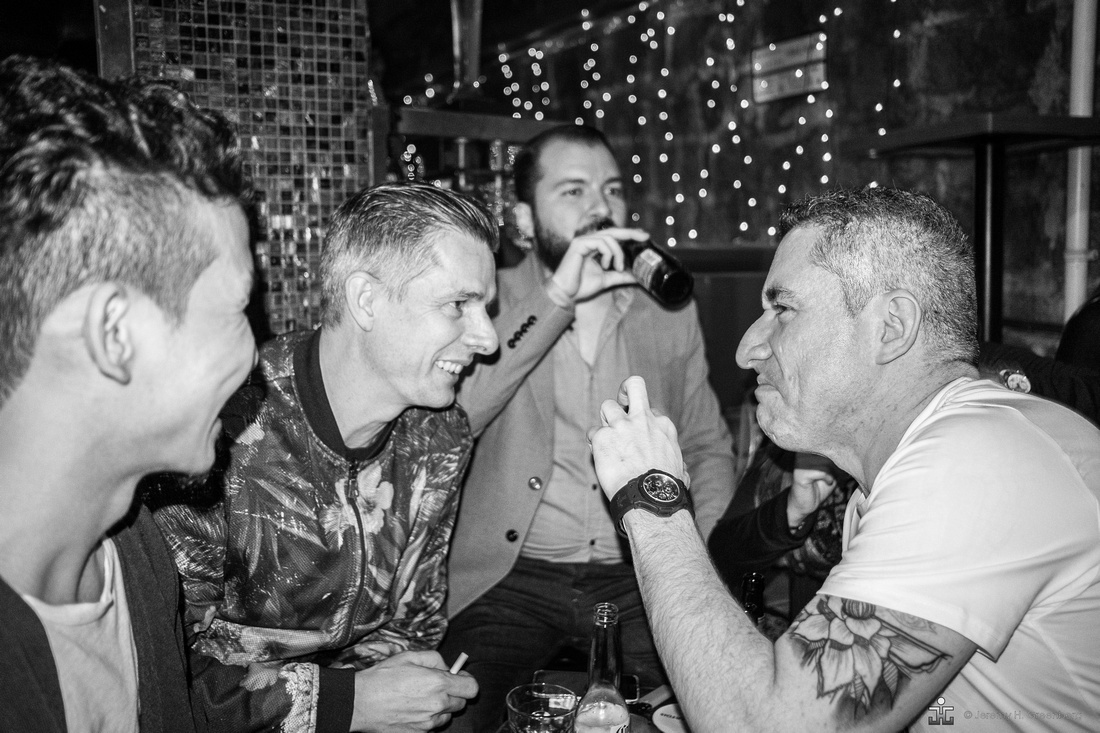



4) Creative Control
Try as they might, the geniuses at Apple or Samsung are try to wring every pixel out of those tiny lenses and sensors but there are some physical properties of image making that cannot seem to improve through software algorithms alone (ummm, algorithms).
Zoom lenses, blurry backgrounds, high ISO, fast shutter speeds, motion blur and other creative effects are pretty wonky when it comes to smartphones. Sure, you can snap on a mini 3” telephoto lens and go shoot that football game. How did that work out for ‘ya? Smartphones can do a good job at macro photography, portraits, and some landscapes, but it ends there in my book. You know what my iPhone 7+ is good for? Video! Time lapse and slow motion are pretty good and the iMovie editing app and sharing features are pretty awesome.
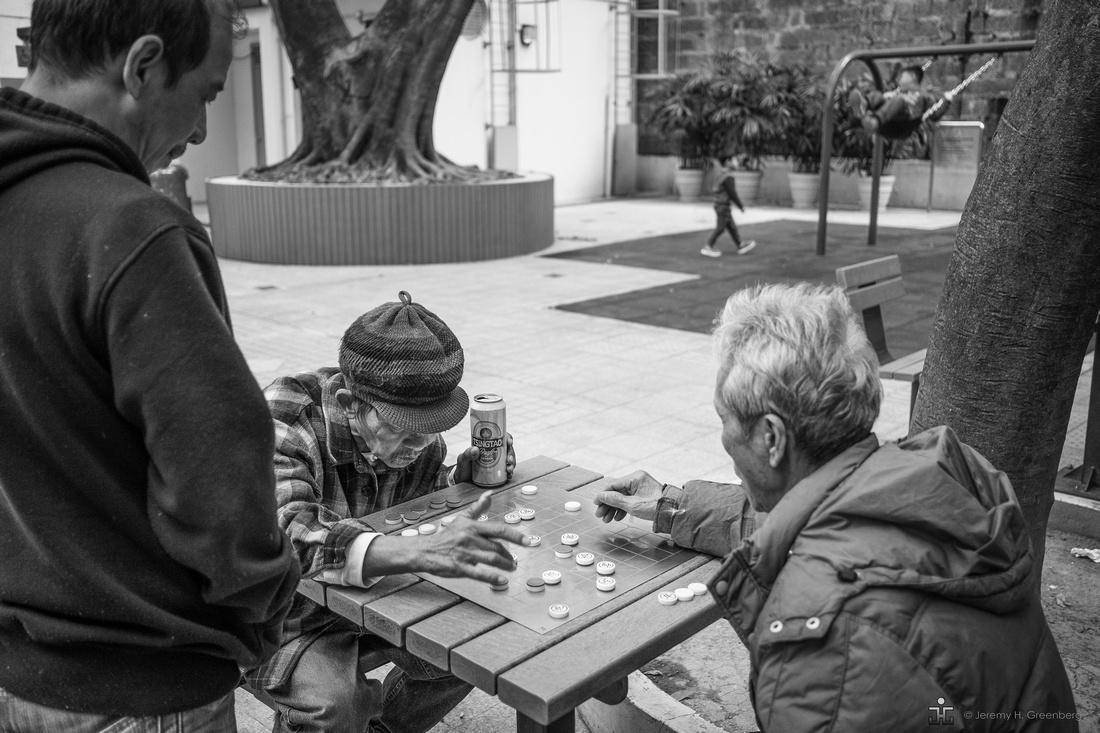

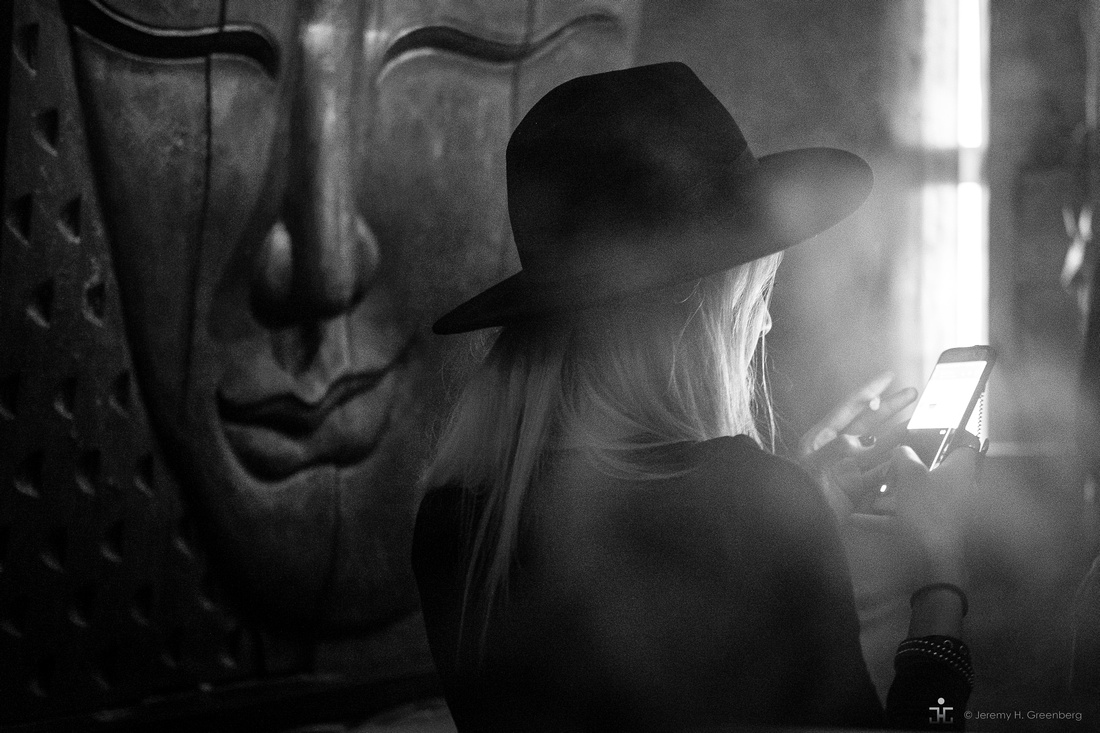

5) Making Images
It’s been said that the camera doesn’t make the image, the photographer does. It’s also been said that we don’t take photos we make photos. As a form of art, there is a kinaesthetic or visceral experience in carrying a camera, turning dials and the focus ring, and that oh-so-pleasing click! of the shutter. You feel it. This is the experience of making an image. You lift the camera to your eye and for a moment, it’s just you and the frame, the rest of the world disappears and all that is left if what you can see and feel through the viewfinder. Click! Bang! Nailed it! You push the button and camera pushes back with a physical affirmation. You are one.
Your feeling, sight, and hearing are all engaged in the process. Develop your own film and you will become intoxicated by the process and weird but wonderful smells of the chemistry. This process is infinitely more gratifying than holding a skinny 5.5” metal and glass slab at arms length and pressing the screen with no feeling. The camera manufacturers built in a Click! noise to emulate the sound of a shutter slapping around but its not even close. Use a light meter. Measure the light. Dial in the aperture, shutter speed, now focus. Bang! This is what photography is about. This is how images are made.
I get the whole lure of the digital smartphone thing. Shoot, post, like, comment, repeat. This will be emblazoned on the flag of the new millennials if they ever cared enough about anything to demand one. I’m from Generation X and we use REAL cameras to make images. We use film, real digital cameras, and Oh, sometimes an iPhone 7+ ;o).
The images in this post are my own and were made with, you know, a camera.
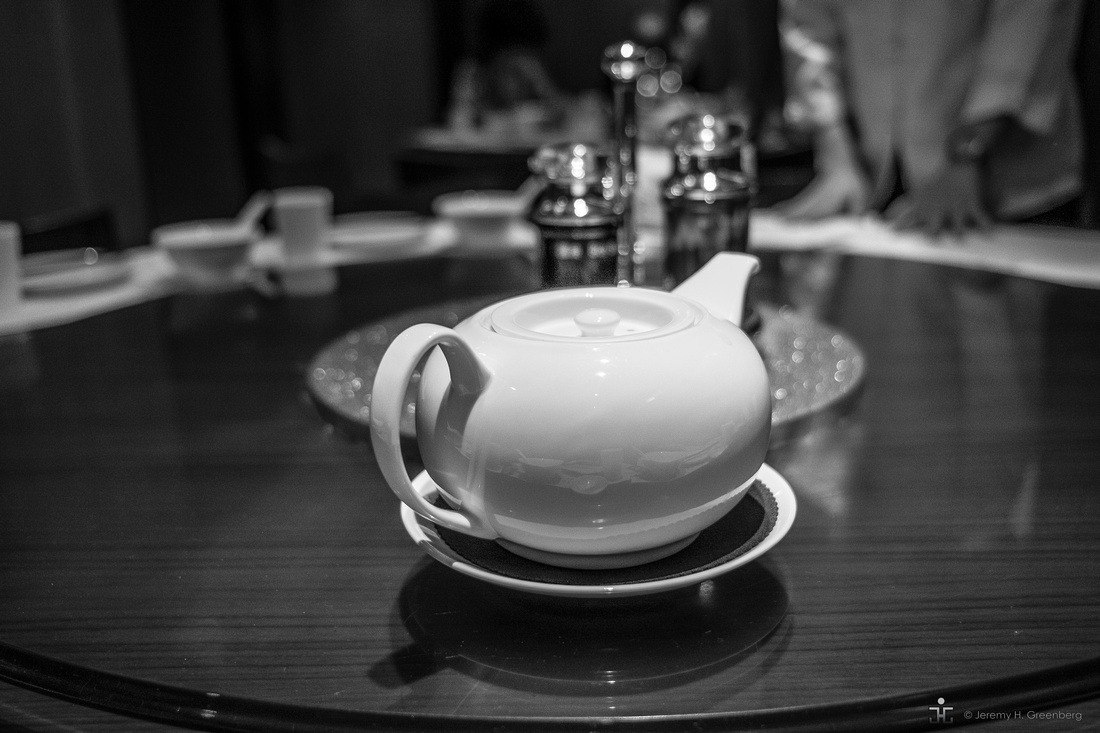

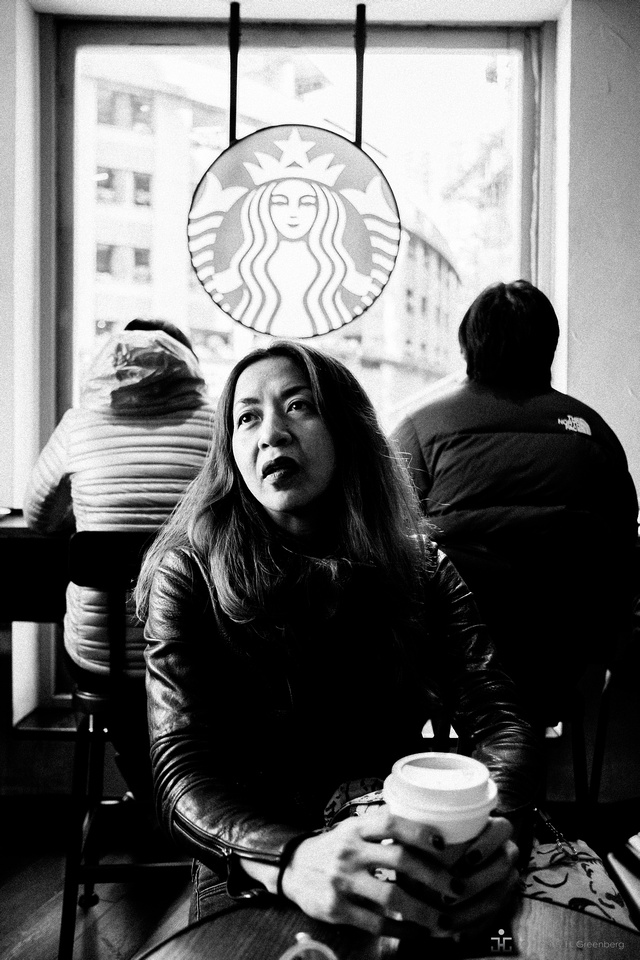

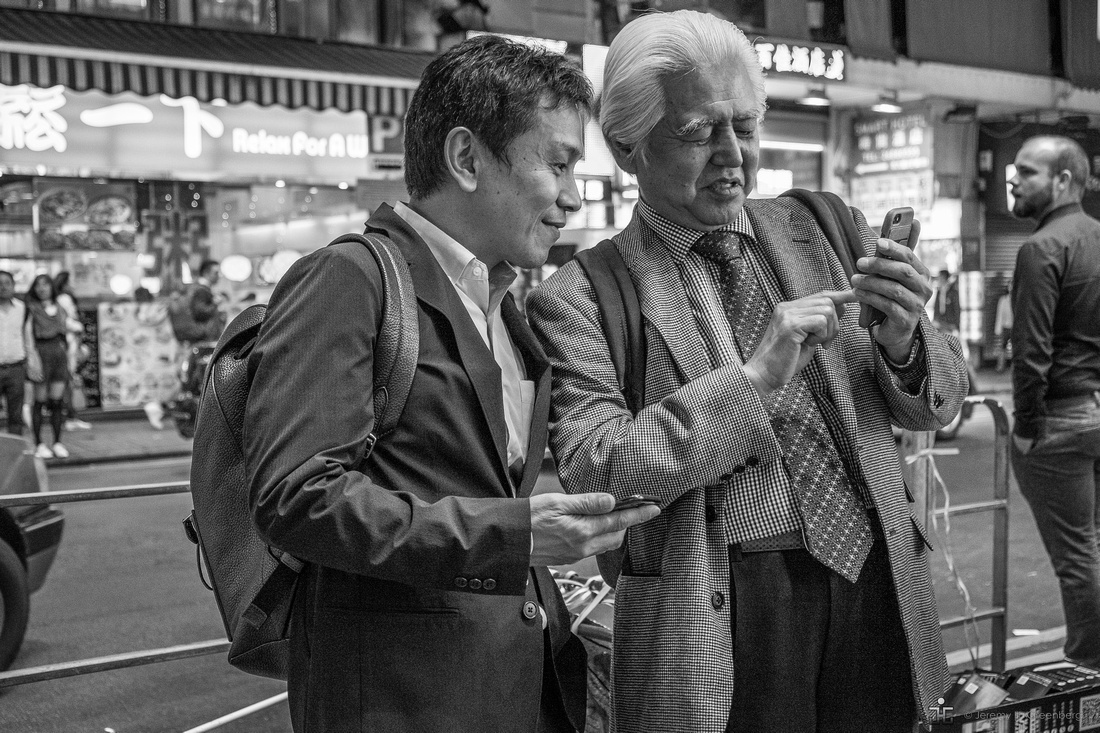

The light is always right.
jhg
Bog #47 Composition, Composition, and More Composition
Blog #47 Composition, Composition, & More Composition
Composition as it relates to photography is best described as a verb rather than a noun. It is not simply a description of what is in the image but rather how the photographer decided to arrange or place the objects within the frame. This is a deliberate process and one that we should all be paying particularly careful attention to.
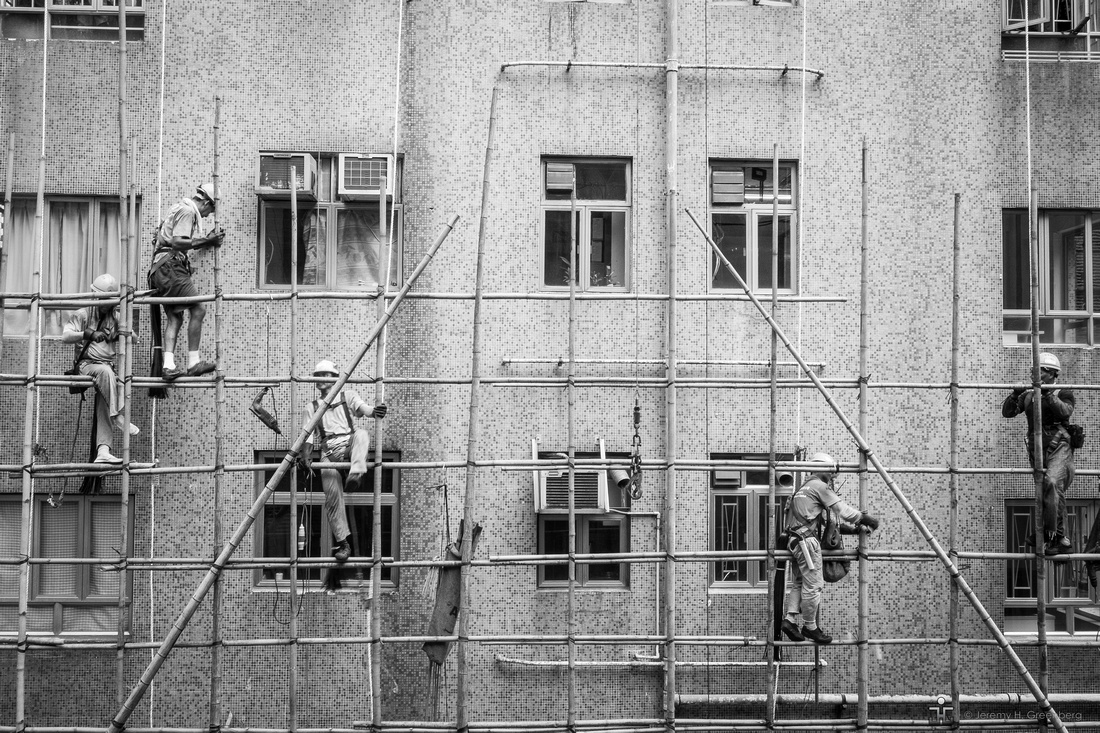



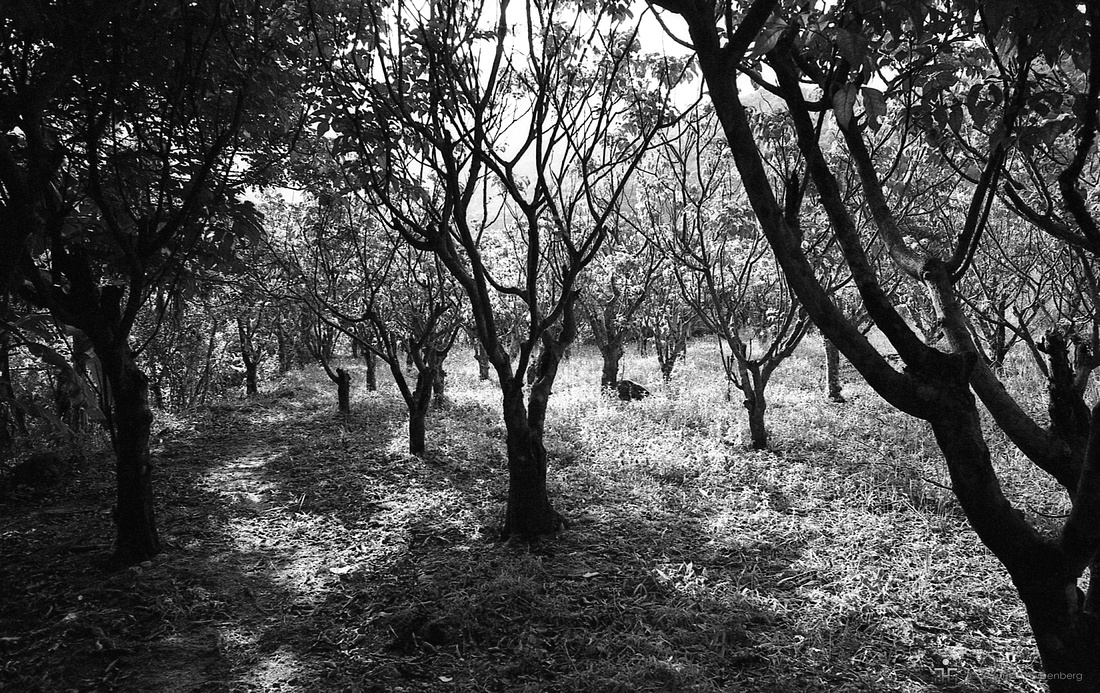

For this week’s blog post, I will not be sharing comments on The Rule of Thirds or The Rule of Odds, or any other dos or do nots related to composition. I will, however, make reference to a far-from-exhaustive short list of purposeful attempts that a photographer may make in an effort to draw the view’s eye towards the subject within a given image. You can view that piece in Casual Photophile’s Tips And Techniques column here .
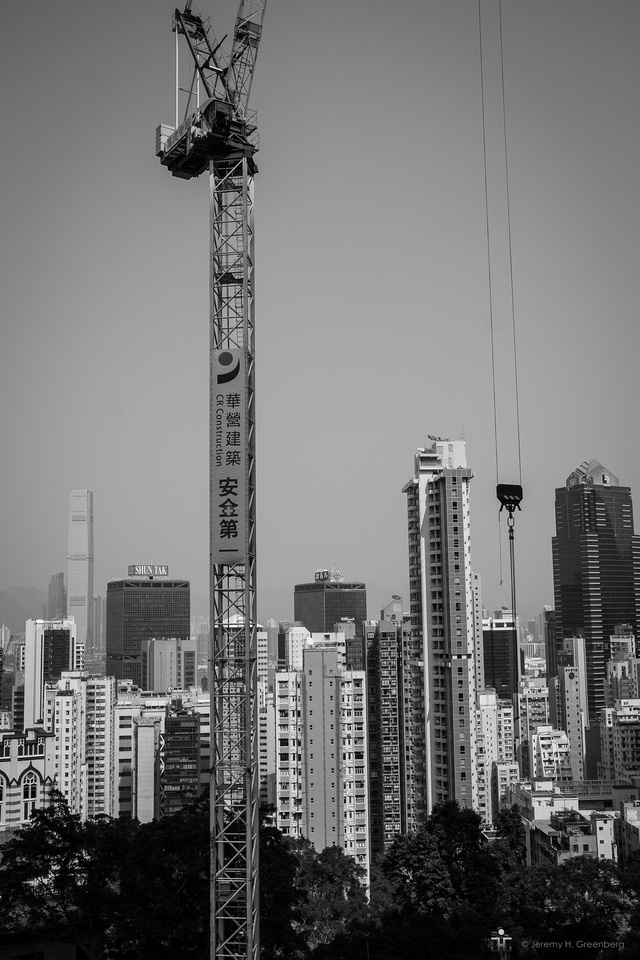

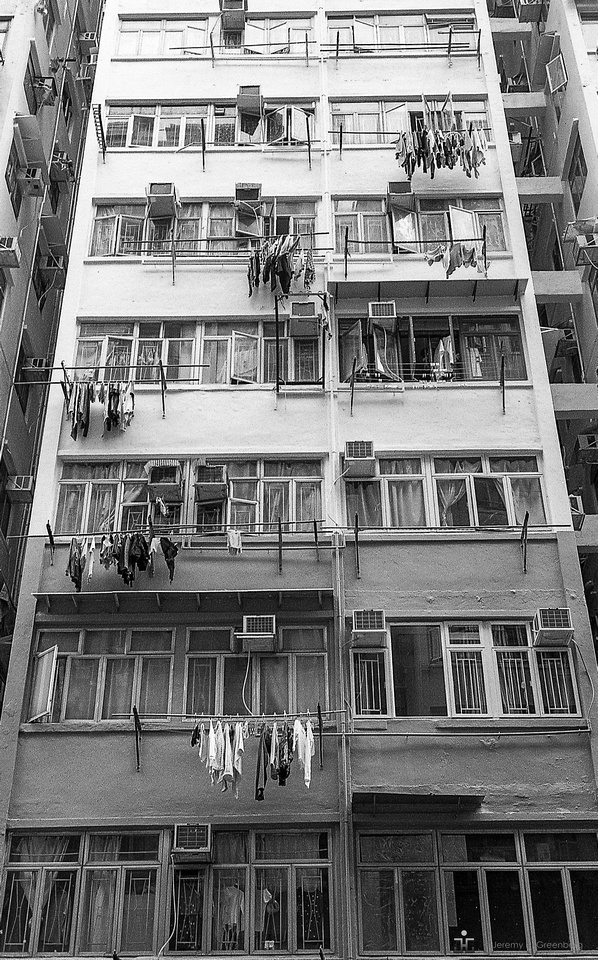

One very pleasing albeit often overlooked compositional technique is the use of visual rhythm. Rhythm is defined simply as a movement or procedure with uniform or patterned recurrence of a beat, accent, or the like according to dictionary.com. The term is usually applied to music or dance but can also be useful to describe the repetitive compositional elements in a painting or photograph. Visual rhythm is not simply the lining up of all of your ducks in a row. Creating visual rhythm, much like a drum beat in a song, can be very simple and constant, ascending, descending, interrupted, or even complex. The subject used can be quite broad and, if executed well, almost any subject can work when visual rhythm is applied. This concept is executed successfully when the viewer's eye is lead through frame. If one were to track the viewer's eye it would touch on all of the areas in the frame and perhaps be directed towards the subject or bounce around the subjects or perhaps even visually walk around and around again, always staying within the frame. The role of the photographer can be said to escort the viewer (through the use of composition) through the frame like a proper gentleman (or lady, of course).
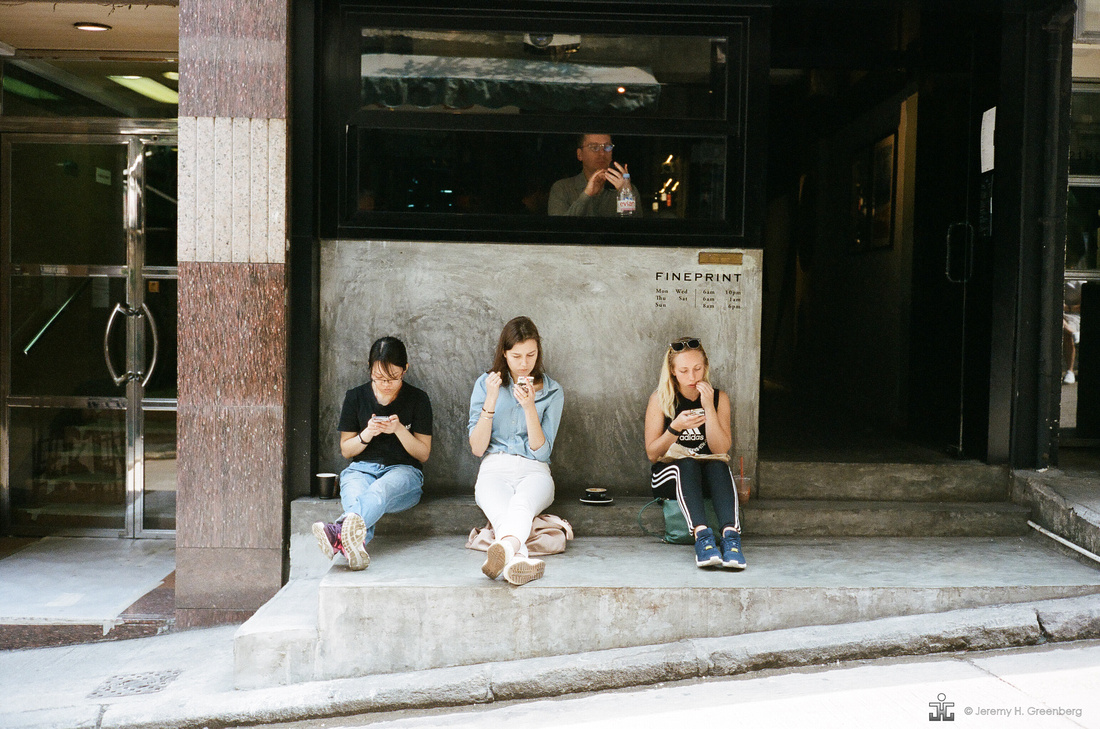

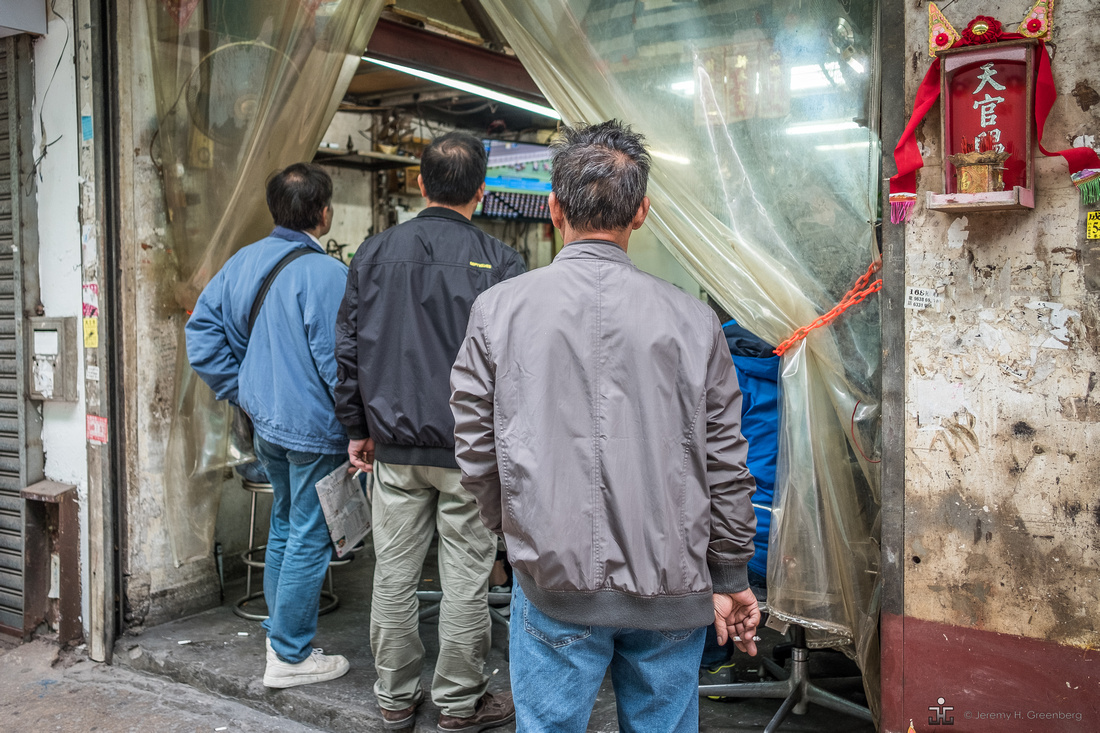

In my view, using visual rhythm is one of the more obscure and seldom exploited composition techniques within photography. The images shown here are my own and represent my attempts to illustrate this concept.
On your next photo shoot, aim for visual rhythm and compose your score with intention and gusto. Follow your own beat and draw your own visual signature.
The light is always right.
jhg




Blog # 46 What Makes Art Worthy?
Blog #46 What Makes Art Worthy?
The topic of what makes art worthy, can be a controversial but relevant topic. Worthy of what you might ask? What makes art worthy of being art? This is a philosophical question and one that is as relevant to photography as it is for any other medium in which art can be expressed. The question of whether or not photography itself can be considered or viewed as art has been discussed in my previous Blog #11.
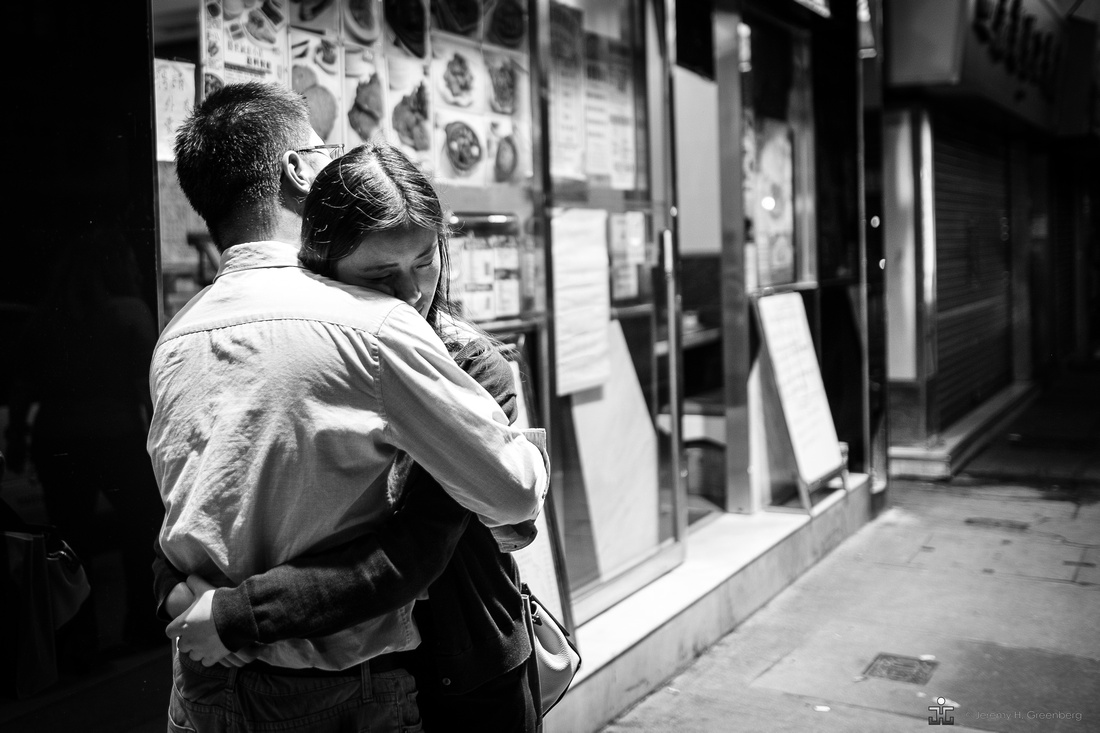

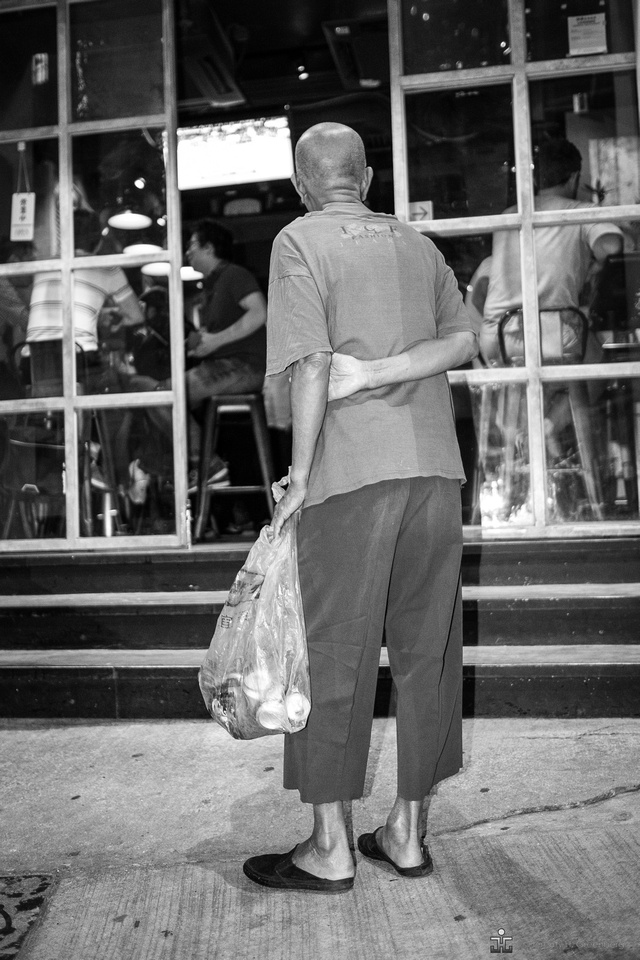

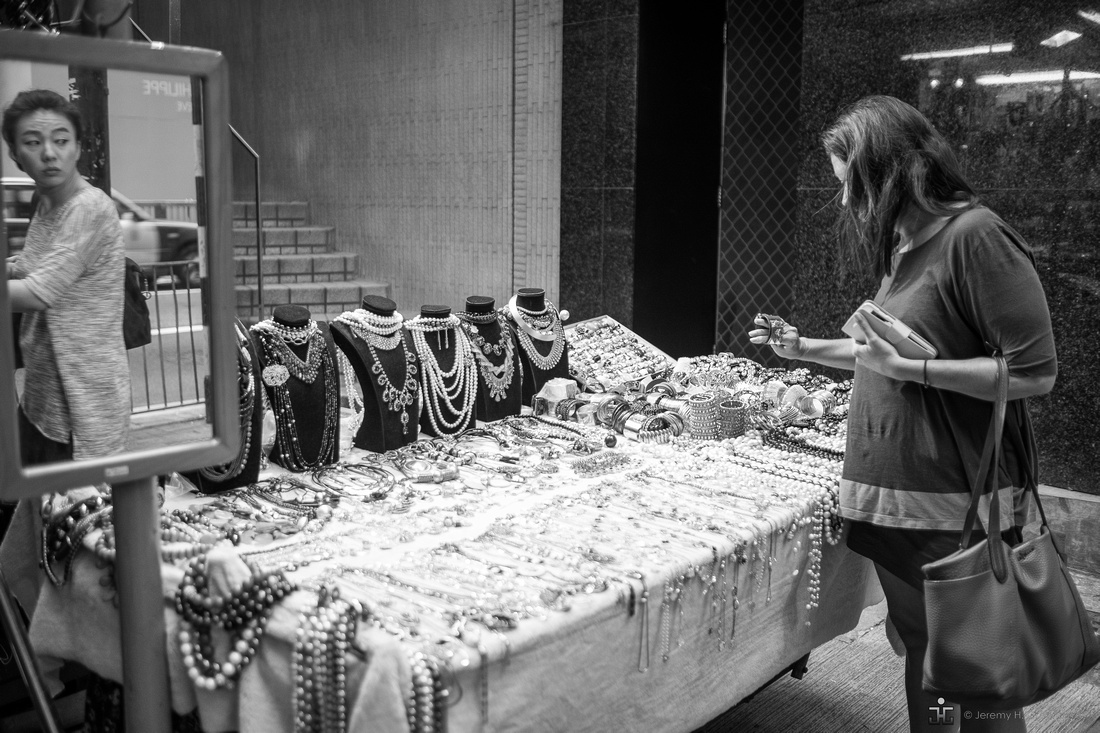
 Of course photography is art! You don’t have to take my word for it, go look in a museum and if you find photographs there, then photography is art. I rest my case. Now that that issue is behind us, let’s dive into this week’s blog post.
Of course photography is art! You don’t have to take my word for it, go look in a museum and if you find photographs there, then photography is art. I rest my case. Now that that issue is behind us, let’s dive into this week’s blog post.
In order for a photograph or any other piece of art to be considered worthy it could be said that it should have meaning. For art to have meaning, there are two ways that this may be accomplished. The first way that a photograph or piece of art can be described as having meaning is through its communication of something to the viewer. The experience or feeling of the photographer should come through in the image. The photograph should say something. The second way that a photograph can convey meaning is that it should contain a theme. Images that contain a theme are generally more universal and can connect to more viewers. I have expanded on this topic in Blog #33 here.
“Time eventually positions most photographs, even the most amateurish, at the level of art”, said the late great Susan Sontag.
Really? I agree with 99% of her brilliant commentary from On Photography but regarding this statement, I beg to differ.
Let’s pause for the cause. How do we describe art that is not worthy? Well, that too becomes a philosophical question. Art that attempts to be worthy, but falls short we might describe as being mere decoration. The world most definitely is improved and enhanced through decoration. This is a description and not intended to be an insult, per se. Some art is nice but is ineffective at satisfying one of the two conditions mentioned above. Namely, the photograph or painting, or sculpture communicates no meaning to the viewer nor does it contain a theme in that it fails to connect with the viewer. Art that is worthy usually has the qualities of being accepted, successful, and lasting. Art that is worthy contains value on an individual and cultural level. This is frequently the goal of the artist either on a conscience or unconscience level.
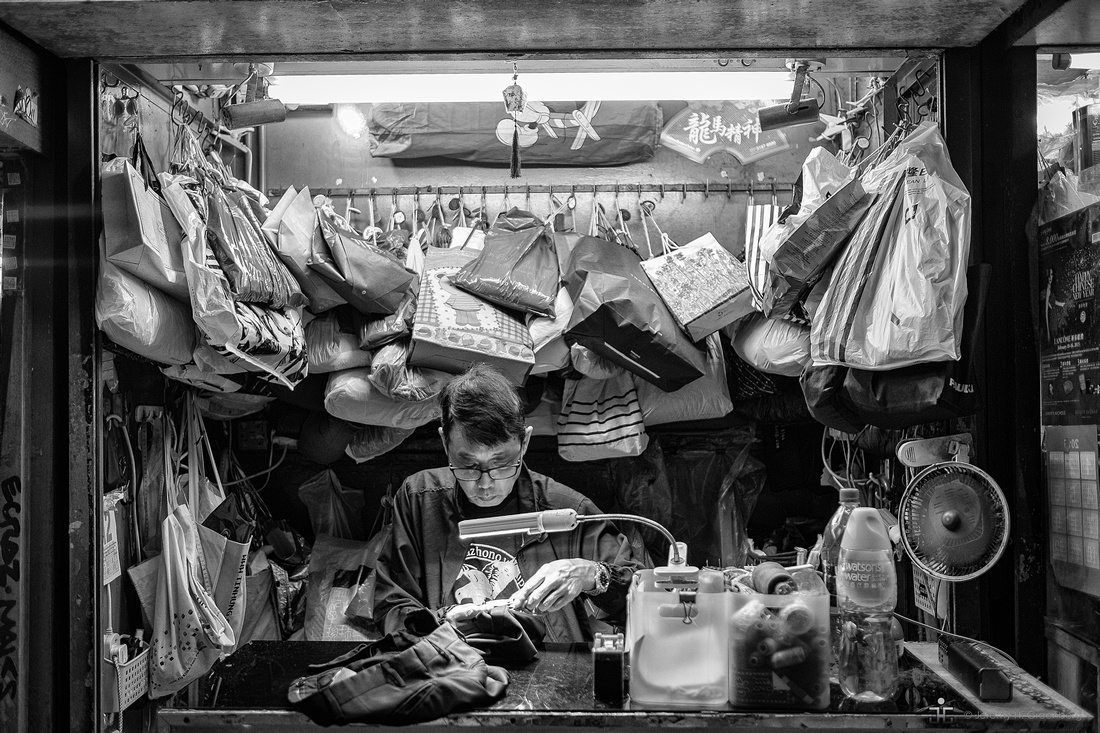

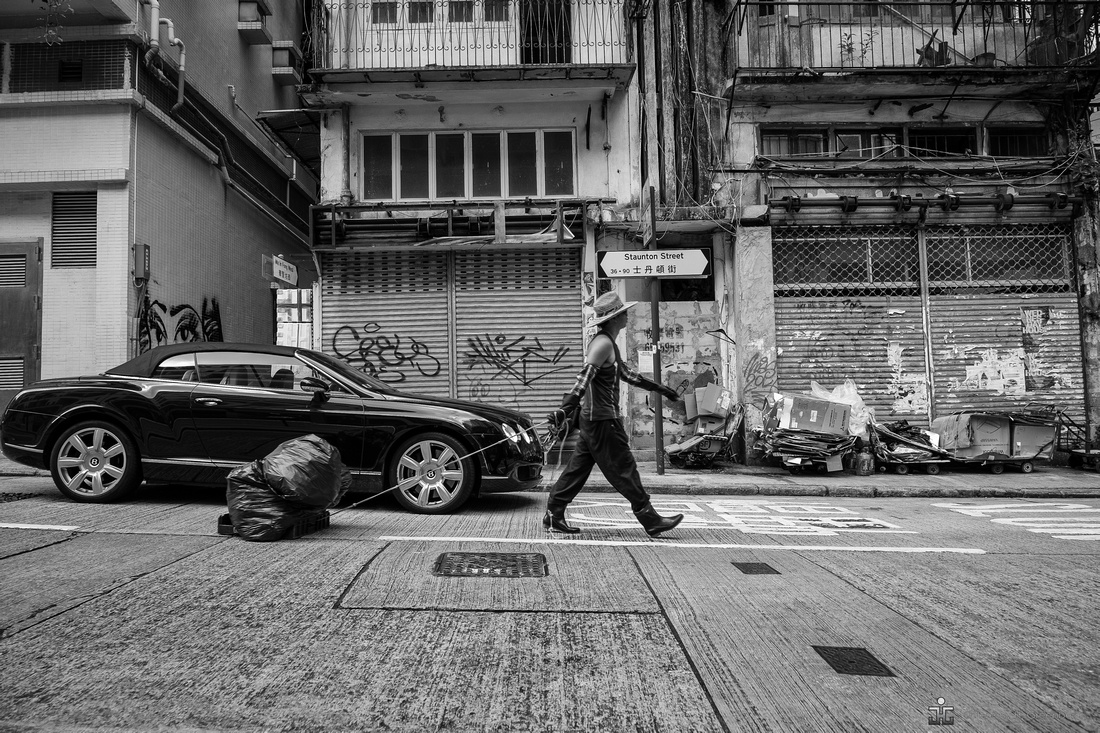



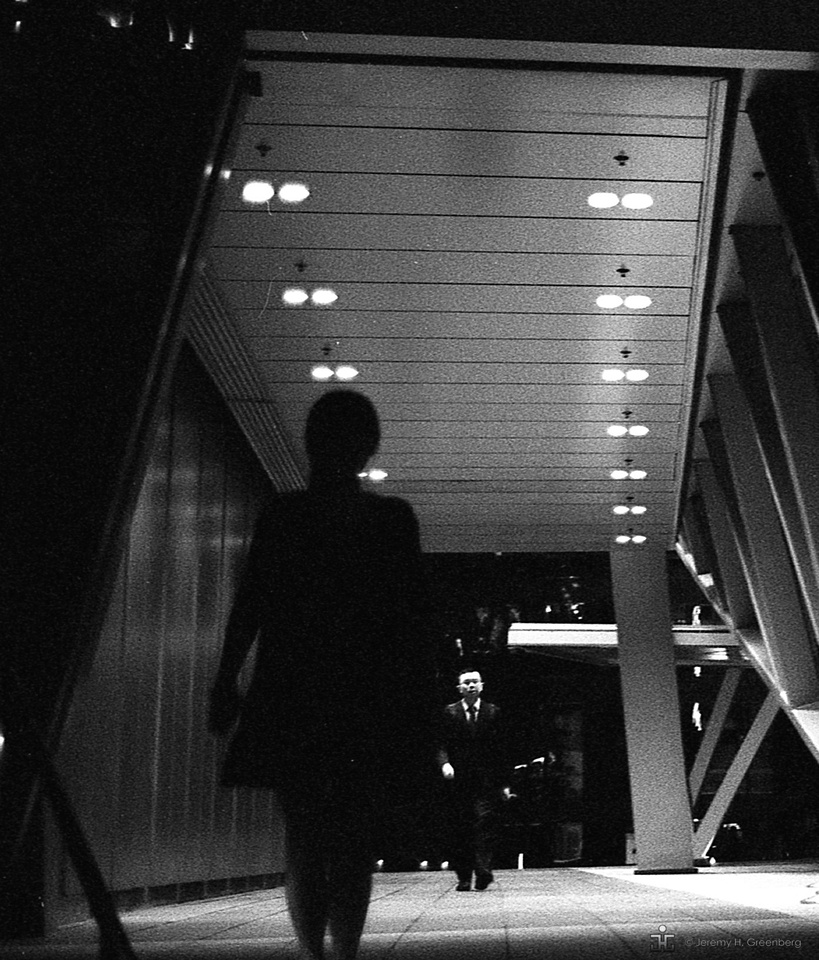

In my view, to produce photographs or any art for that matter, at some level, the artist strives to achieve worthiness. We want to share our art as an expression of our own thoughts and feelings. We want others to experience the joy or pain within contents of a photograph much as we have experienced that joy or pain.
The dictionary defines essay as an attempt. In this blog post, I submit a photo essay where I attempt to illustrate the concept of making photographs that contain meaning and themes. This, of course, is much easier said than done. Nevertheless, I offer a few examples. View these with an open mind and feel free to critique them any way that you feel comfortable. Good luck!
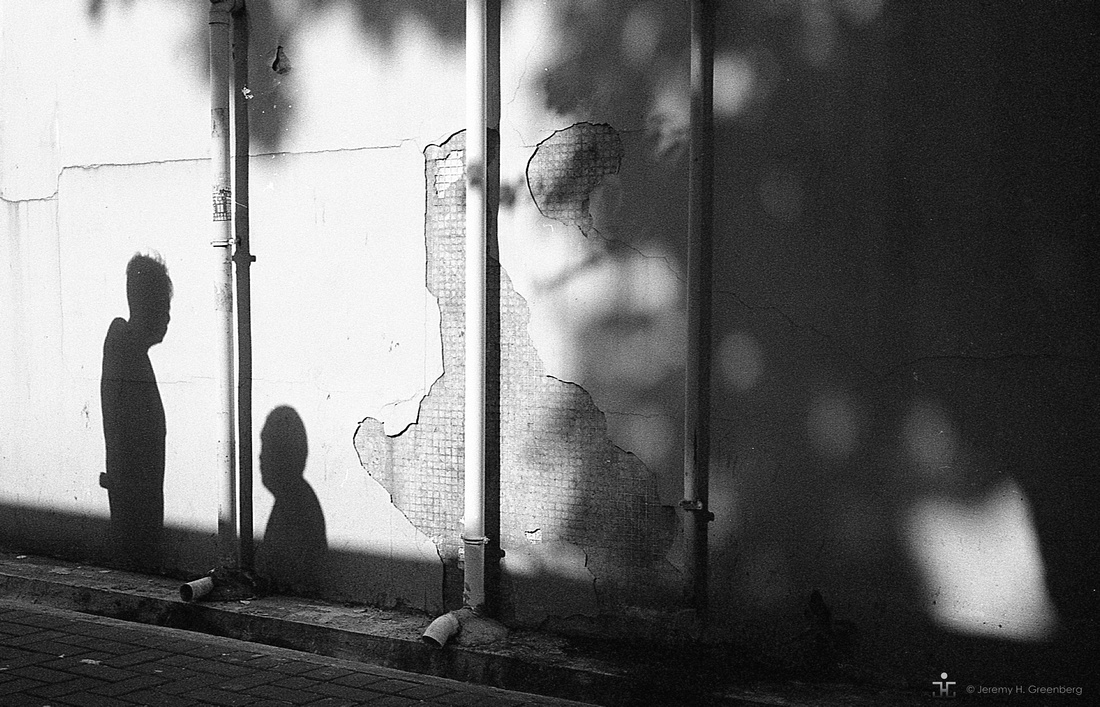

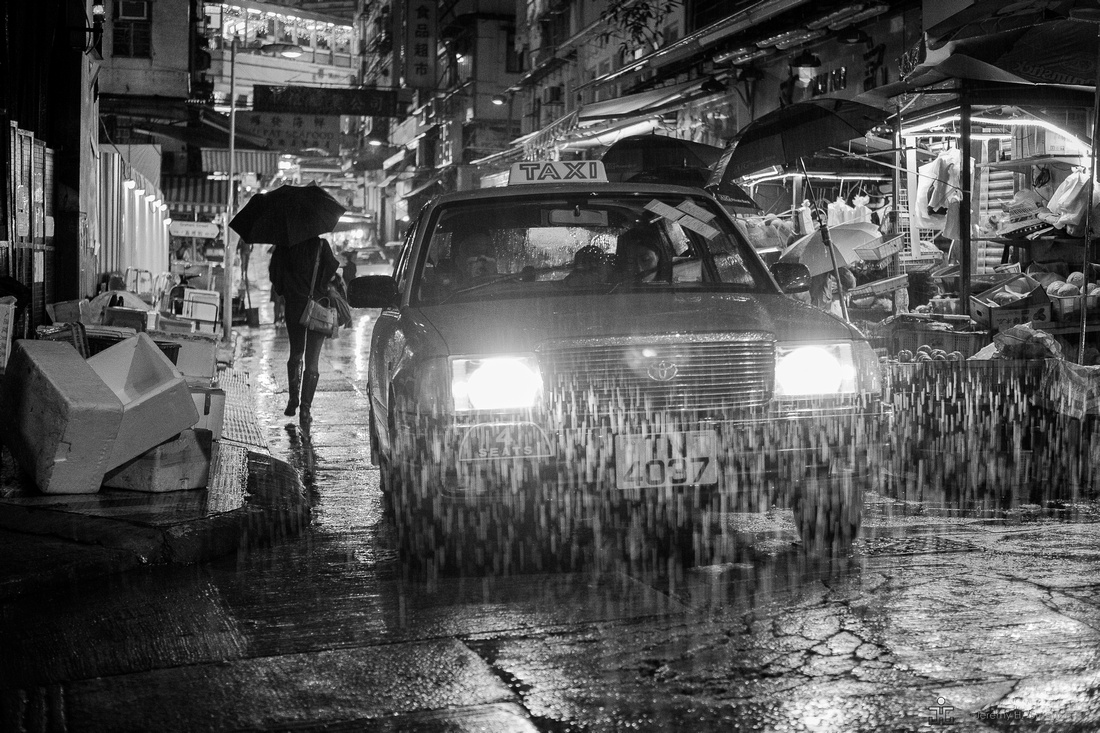

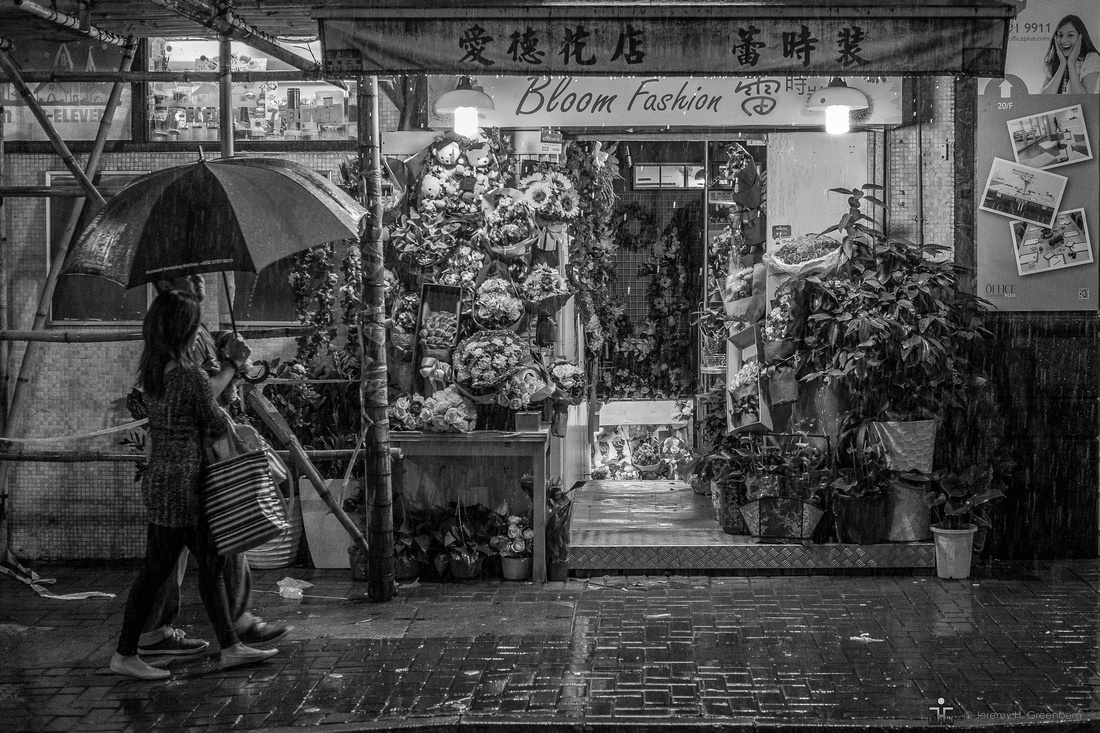



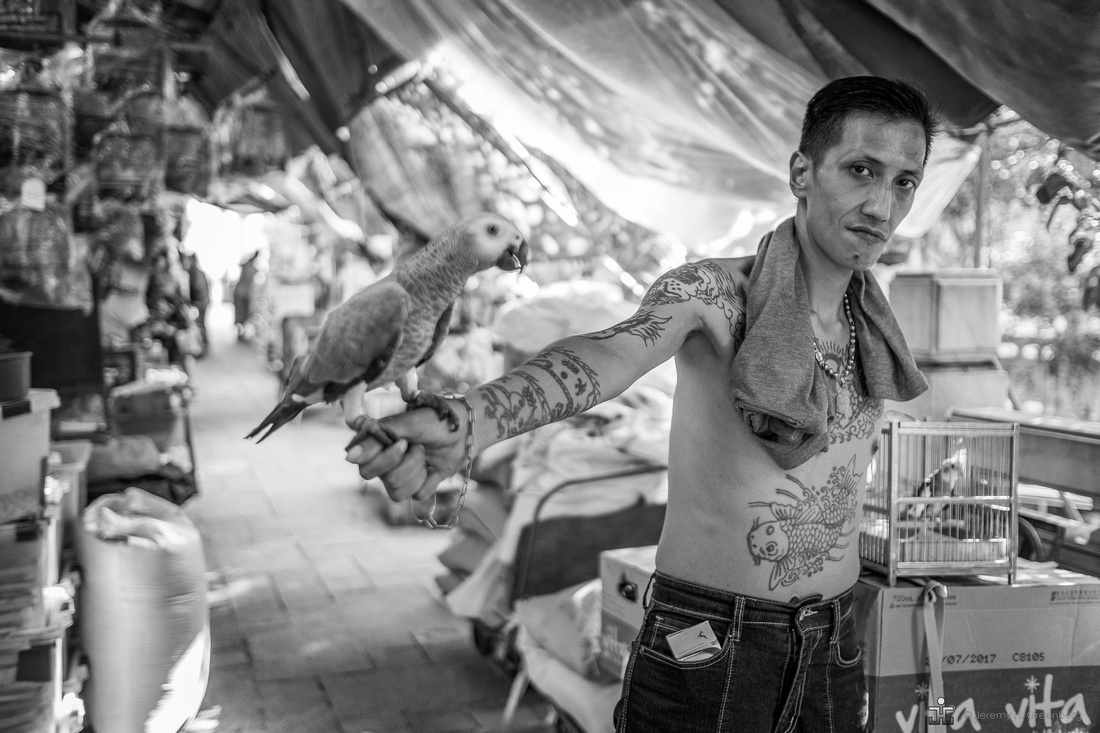

The light is always right.
jhg
Blog #45 Getting Intimate with Your Subject
Blog #45 Getting Intimate with Your Subject
Now that I have your attention, I would like to encourage you to make images that include gestures and intimacy. I am not talking about being inappropriate during a portrait shoot here. The photographer is a professional and does not cross that line with their subject. Nevertheless, rather than launch into an ethics debate here, I prefer to focus on making images that count, images that matter.
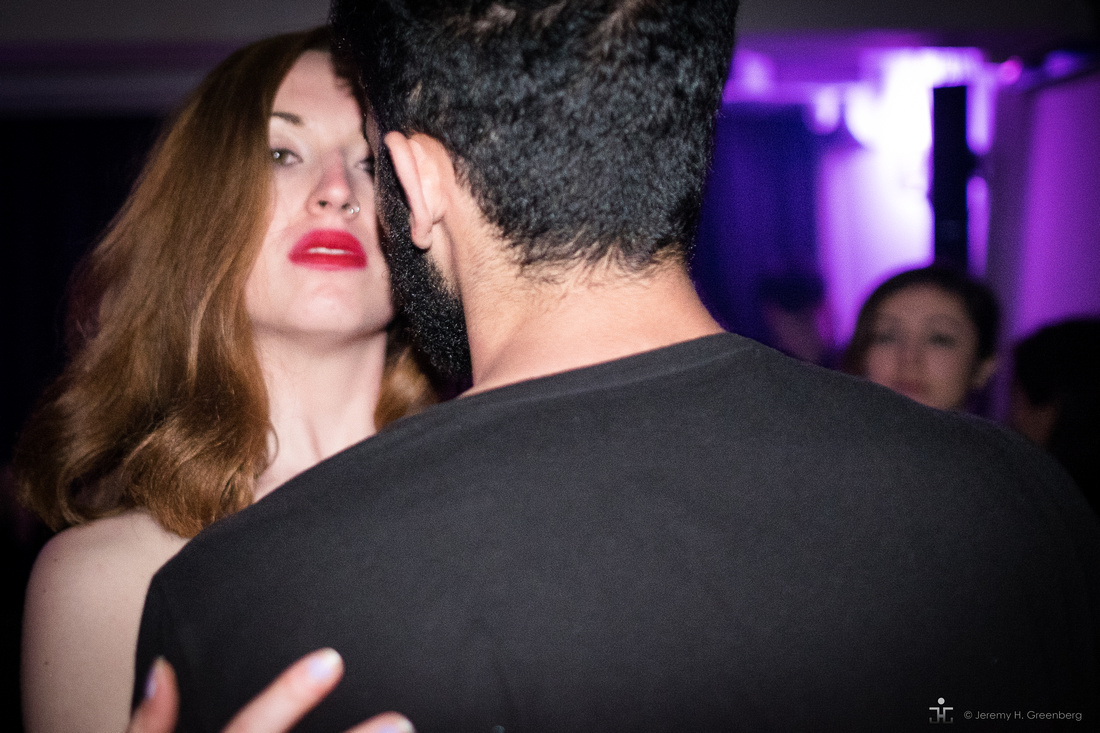

One way to make images that count, or images that matter is to include gesture or intimacy into the frame. This is much easier said than done. It is really difficult to make an exciting or memorable image of a person simply walking down the street. Many of us fall prey to this type of cliché image or proverbial low hanging fruit. I am guilty of this practice from time to time as well. It is a false belief to expect that simply because the image meant something to you because of how you felt when you made it, that feeling will automatically translate to the viewer. This quote from W. Eugene Smith captures the point perfectly, “What use is having a great depth of field, if there is not an adequate depth of feeling?”.
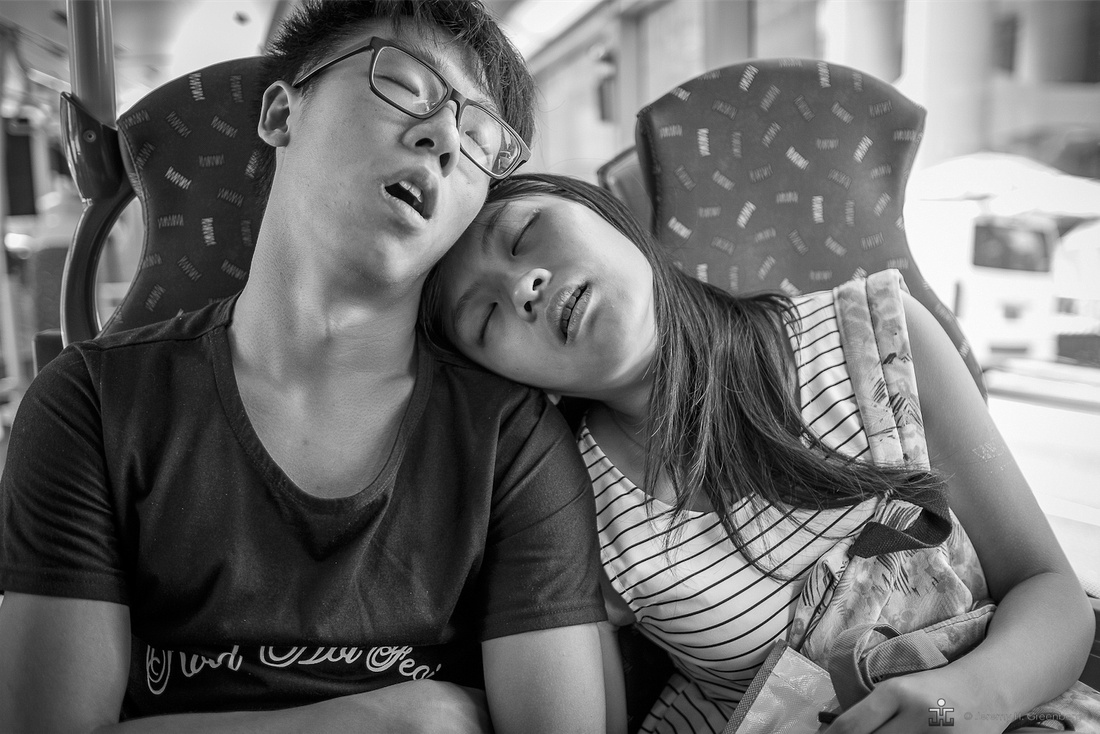

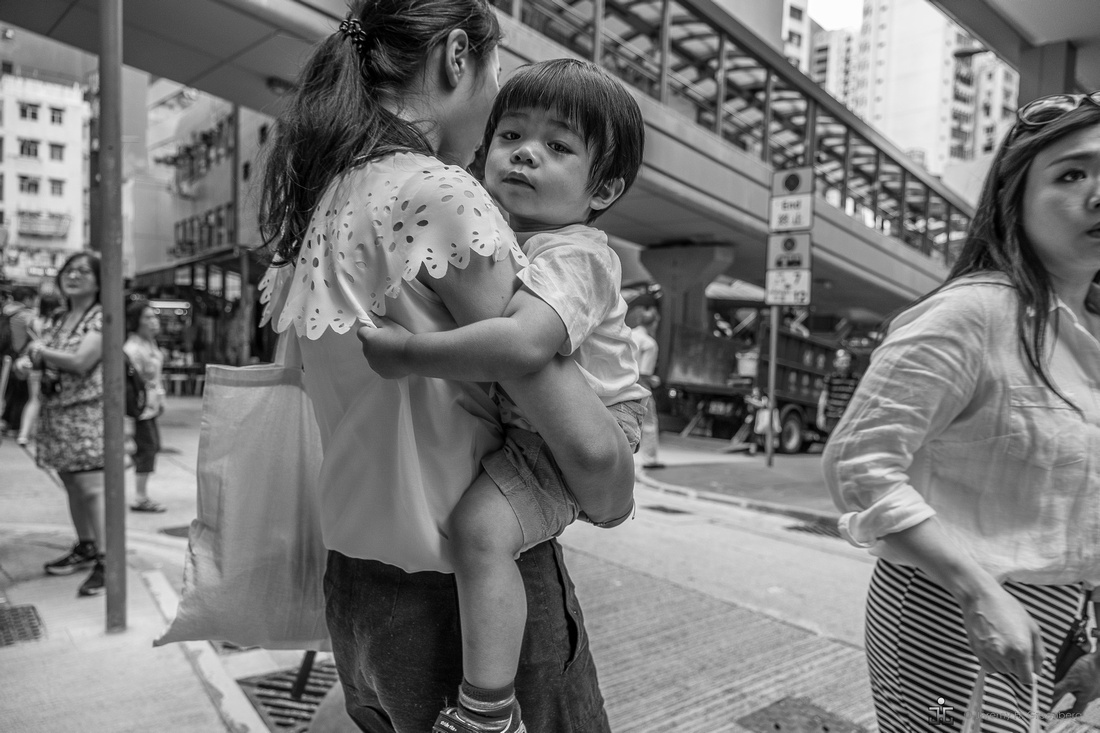


 Gesture usually include living organisms such as people (or cats, of course). Gesture may be of an intimate nature such as between two (or more) people who are in love. While many successful artists have made strong images that included gesture in their work, perhaps one of the leaders in this area is photographer Nan Goldin who is nothing short of a master at capturing gesture and gestures with intimacy. For example after example of this concept, check out the book titled Nan Goldin here.
Gesture usually include living organisms such as people (or cats, of course). Gesture may be of an intimate nature such as between two (or more) people who are in love. While many successful artists have made strong images that included gesture in their work, perhaps one of the leaders in this area is photographer Nan Goldin who is nothing short of a master at capturing gesture and gestures with intimacy. For example after example of this concept, check out the book titled Nan Goldin here.


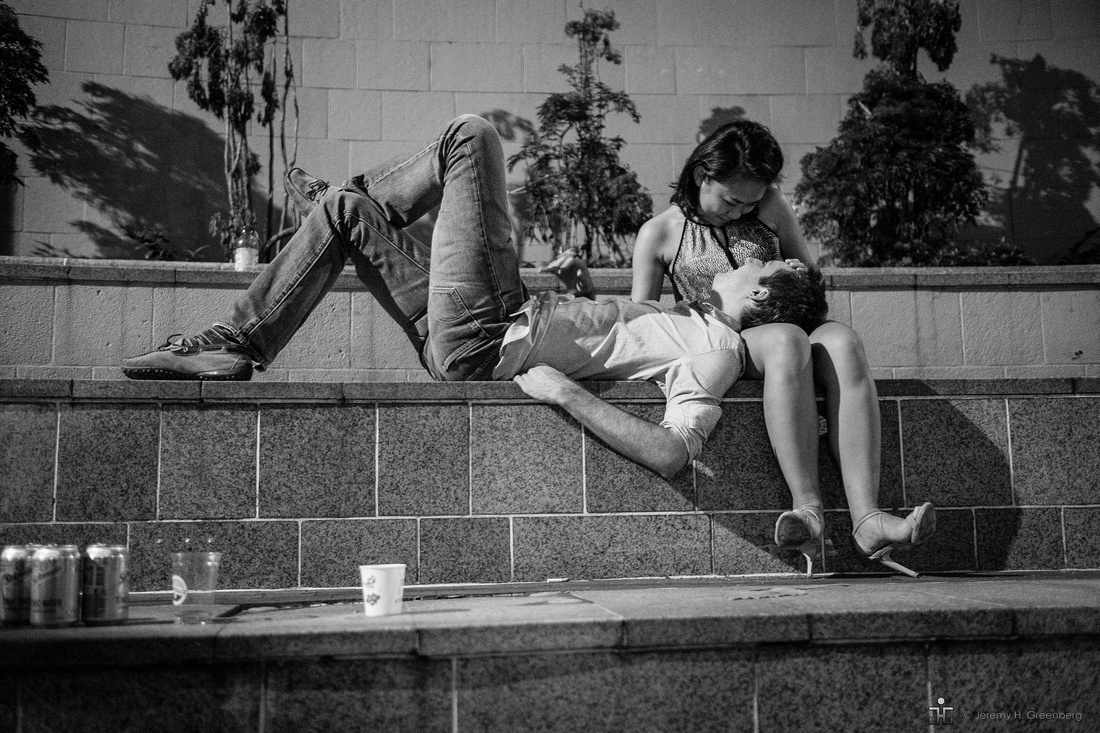

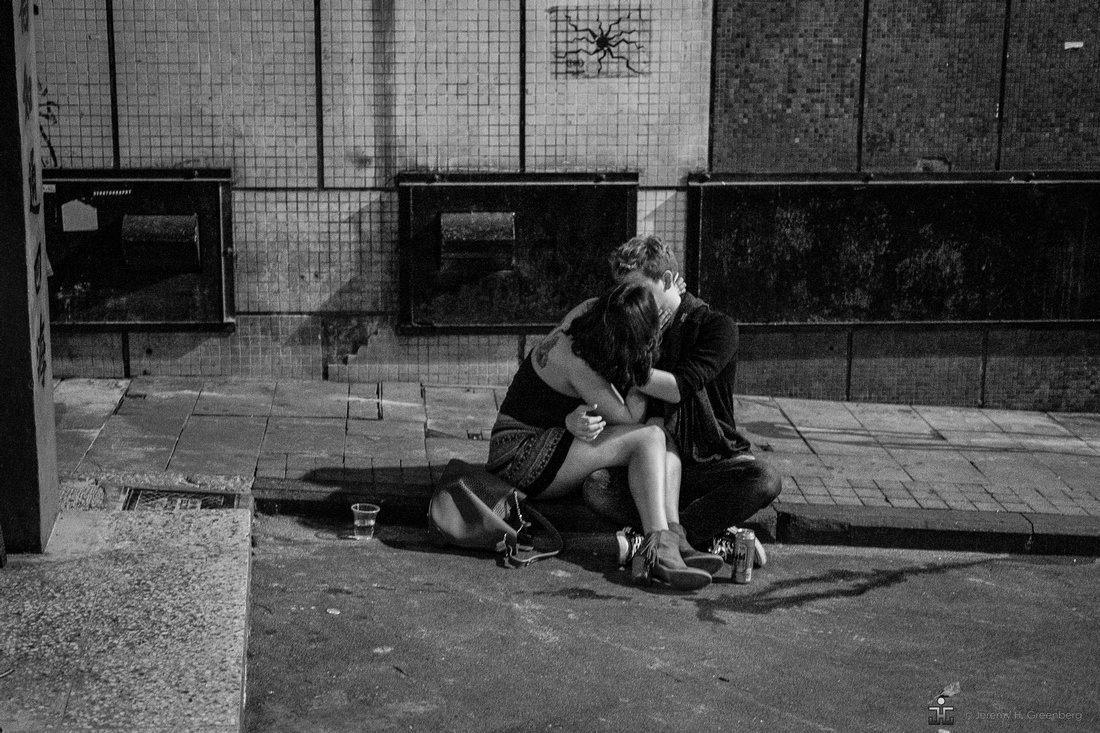

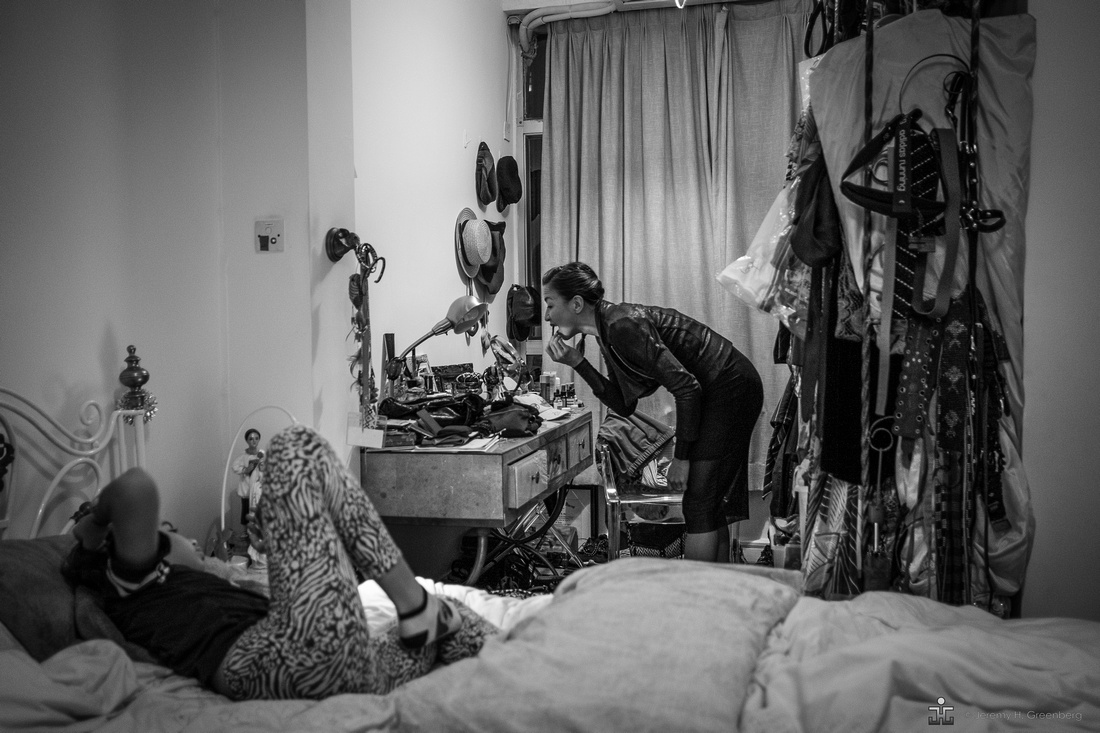
 Intimacy need not be of a sexual nature. Intimacy can be between a parent and a child, for example. Forget your gear and settings and look for hands, smiles, winks, scowls, hugs, kisses, and drama! Avoid cliché. Let this new year of possibilities be about making images that matter, images that wow your audience. Communicate the feeling that you experienced when capturing that moment, through the frame, to your viewer. Is that not the ultimate goal of photography?
Intimacy need not be of a sexual nature. Intimacy can be between a parent and a child, for example. Forget your gear and settings and look for hands, smiles, winks, scowls, hugs, kisses, and drama! Avoid cliché. Let this new year of possibilities be about making images that matter, images that wow your audience. Communicate the feeling that you experienced when capturing that moment, through the frame, to your viewer. Is that not the ultimate goal of photography?


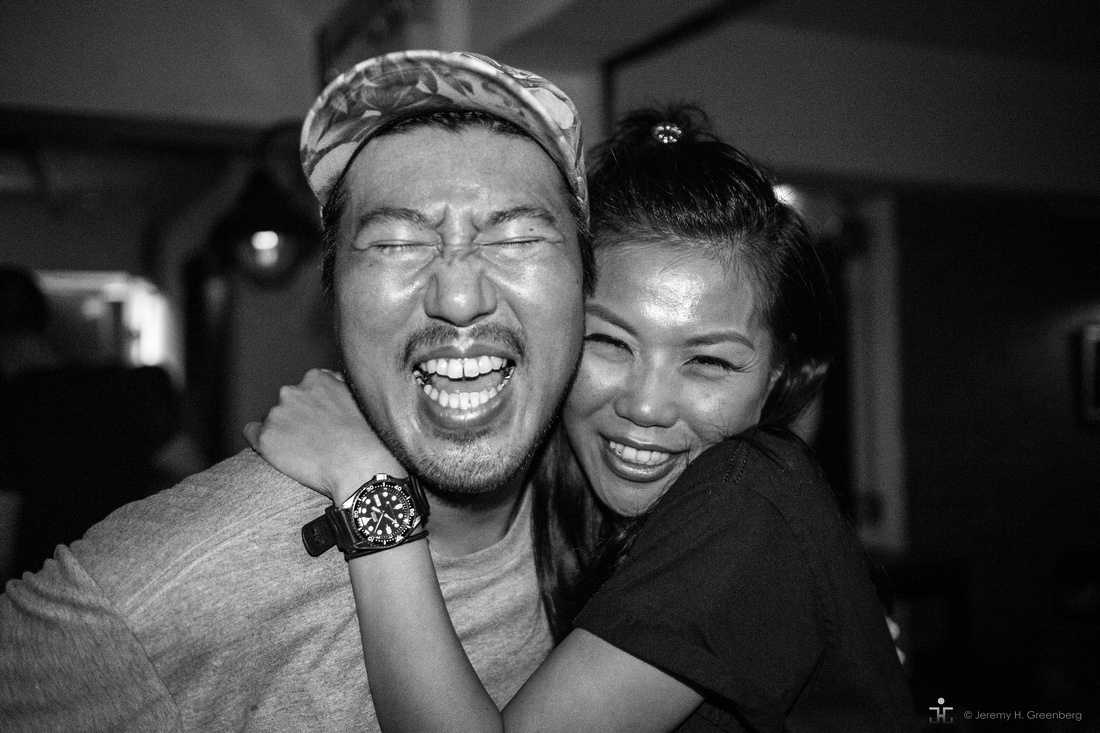



Happy New Year!
The light is always right.
jhg